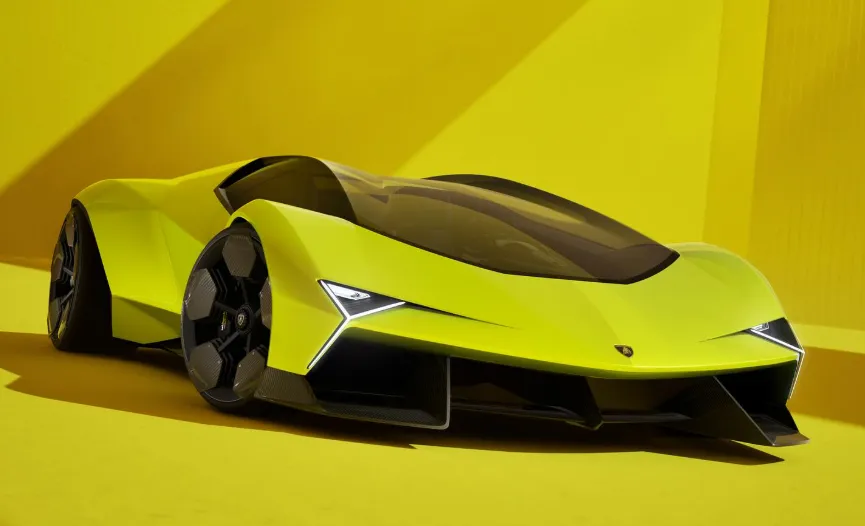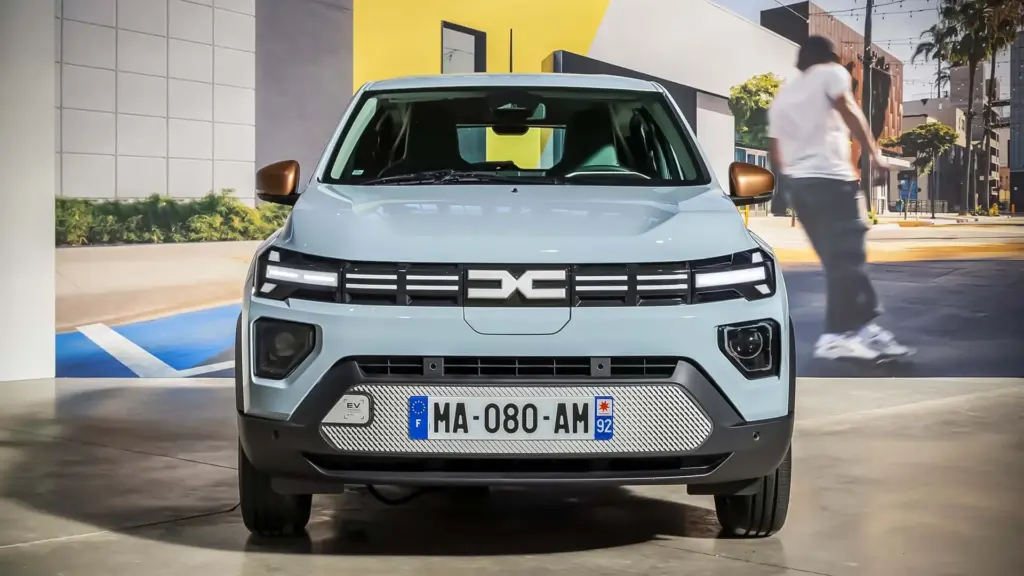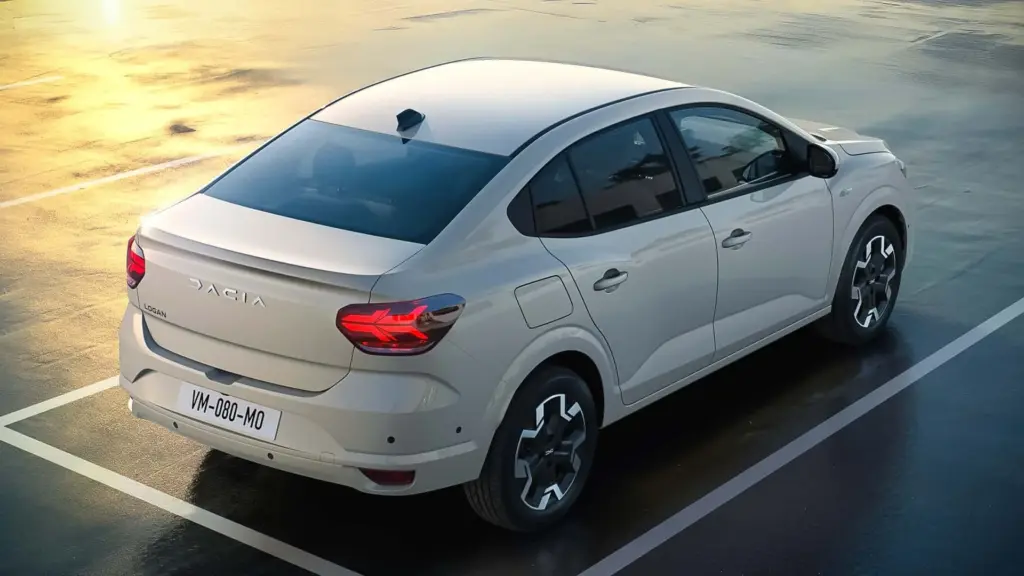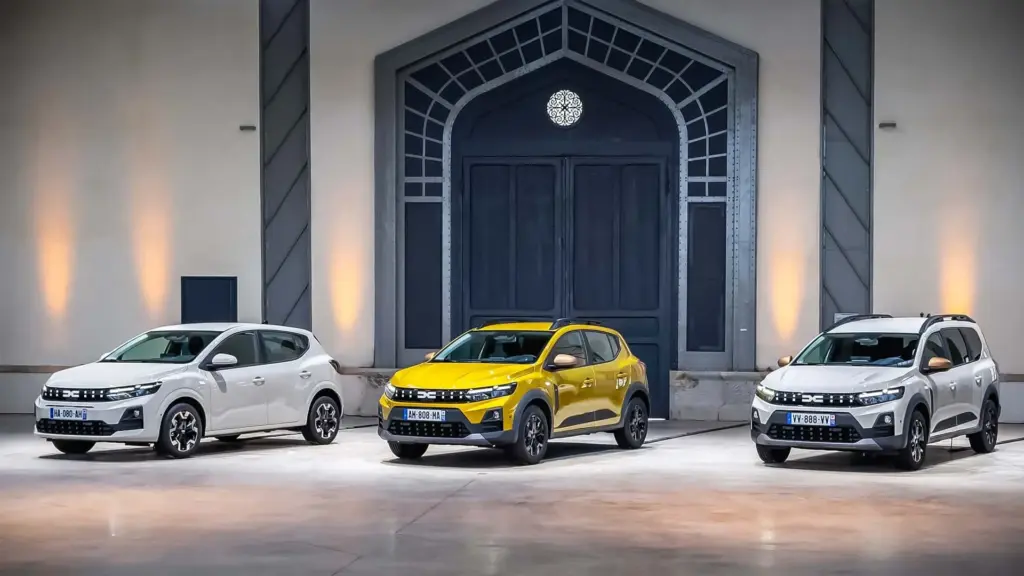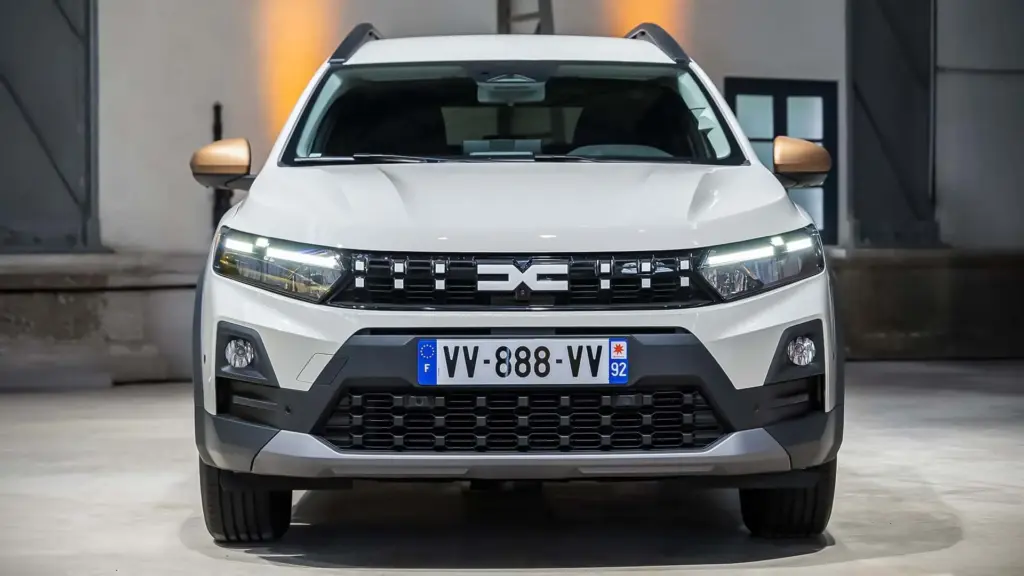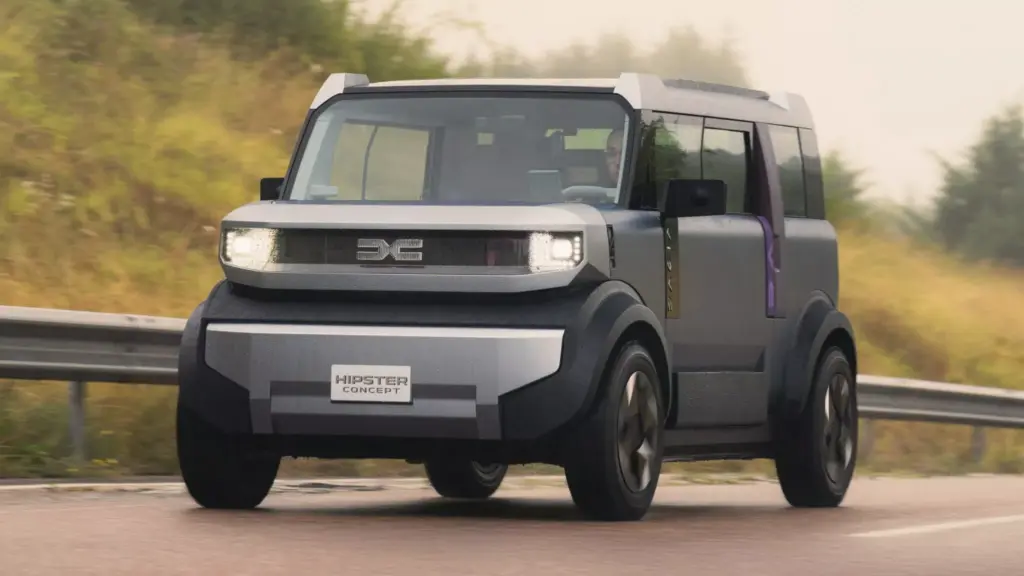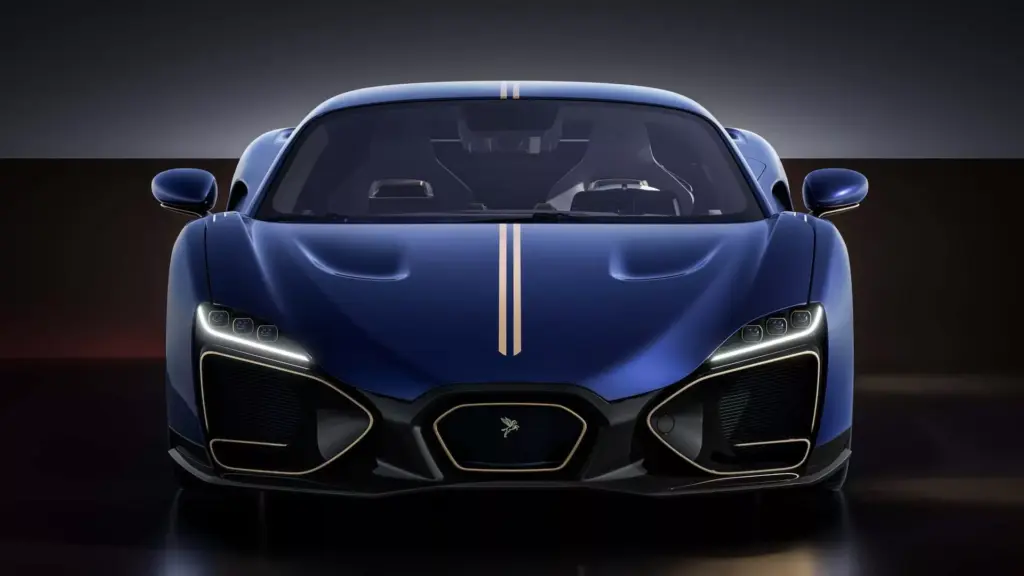Can you imagine a compact SUV that finally shakes up the global segment, appeals to various tastes, and doesn’t make you feel like you’re throwing money away? The 2026 Hyundai Kona arrived exactly for that — and, honestly, it doesn’t care about conventions. Prepare yourself for a read that will surprise you, whether you’re a fan of the good old internal combustion engine, an enthusiast of new hybrid technologies, or already converted to the electric cause. Now, if you want excitement, the full story, a real comparison, and even a few reality checks against common narratives, stick with me until the end!
Does the 2026 Hyundai Kona Truly Offer Global Variety and Innovation?
The new generation of the 2026 Hyundai Kona didn’t come just to be another compact SUV in the world. Forget that old song and dance of “same versions for everyone.” Depending on where you are — North America, Europe, or Asia — the Kona’s powertrain range adapts, mixing gasoline engines, cutting-edge hybrid systems, and, of course, all-electric options. No thinking small here, the goal is to be truly global, with a strategic approach down to the smallest details.
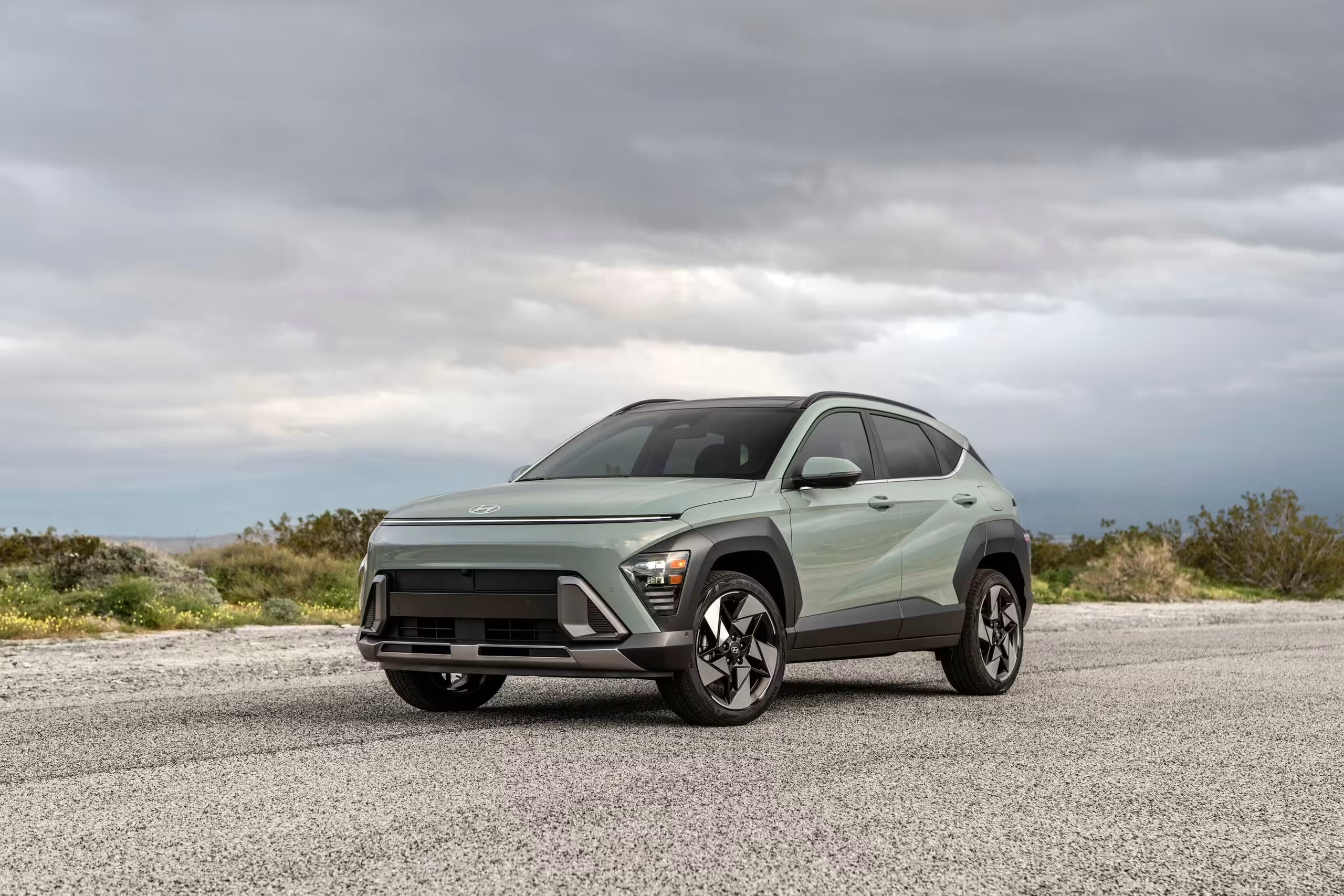
Hyundai invested heavily to transform the Kona into a competitive object of desire. Just look: hybrid versions with incredible fuel economy in key markets, peppy turbo engines for those who crave adrenaline — and, honestly, a look that seems straight out of a sci-fi movie. Did you think only electric cars could have a futuristic face? Take a look at this car and try not to drool.
What Are the Key Powertrains and Technologies of the 2026 Kona?
It doesn’t matter if your priority is economy, sustainability, or flooring the accelerator. The 2026 Hyundai Kona is a festival of engines: a 1.6 hybrid (combining gasoline and electric), an efficient 2.0 naturally aspirated, and even an explosive 1.6 turbo-GDI for those who accept nothing less than 190 hp. This is without mentioning the EV versions that surpass 310 miles of range thanks to the new generation of batteries. Versatility here isn’t sales talk, it’s reality.
Speaking of technology, the integrated dual 12.3-inch screen dashboard, the column-mounted gear shifter (“shift-by-wire”) freeing up console space, and the comprehensive ADAS (driver assistance) systems, with 360° view, blind-spot monitoring, and configurable LED lighting, are all noteworthy. If the competition thinks about competing, they better come prepared — the Kona is not playing around. On a related note, if you like to know what other global electric cars are doing in the market, it’s worth checking out the 2025 MG4 EV, which promises to shake up the electric segment.
How Have the Design and Interior Space of the 2026 Kona Truly Evolved?
Here’s one of the segment’s ironies: “compact” SUVs that don’t fit adult passengers in the back. Hyundai slammed the table and increased the Kona’s wheelbase by 2.36 inches, resulting in more passenger comfort and a more respectable trunk space (14.37 cubic feet). This way, no one has to contort themselves to travel with family or try to cram luggage for a weekend getaway.
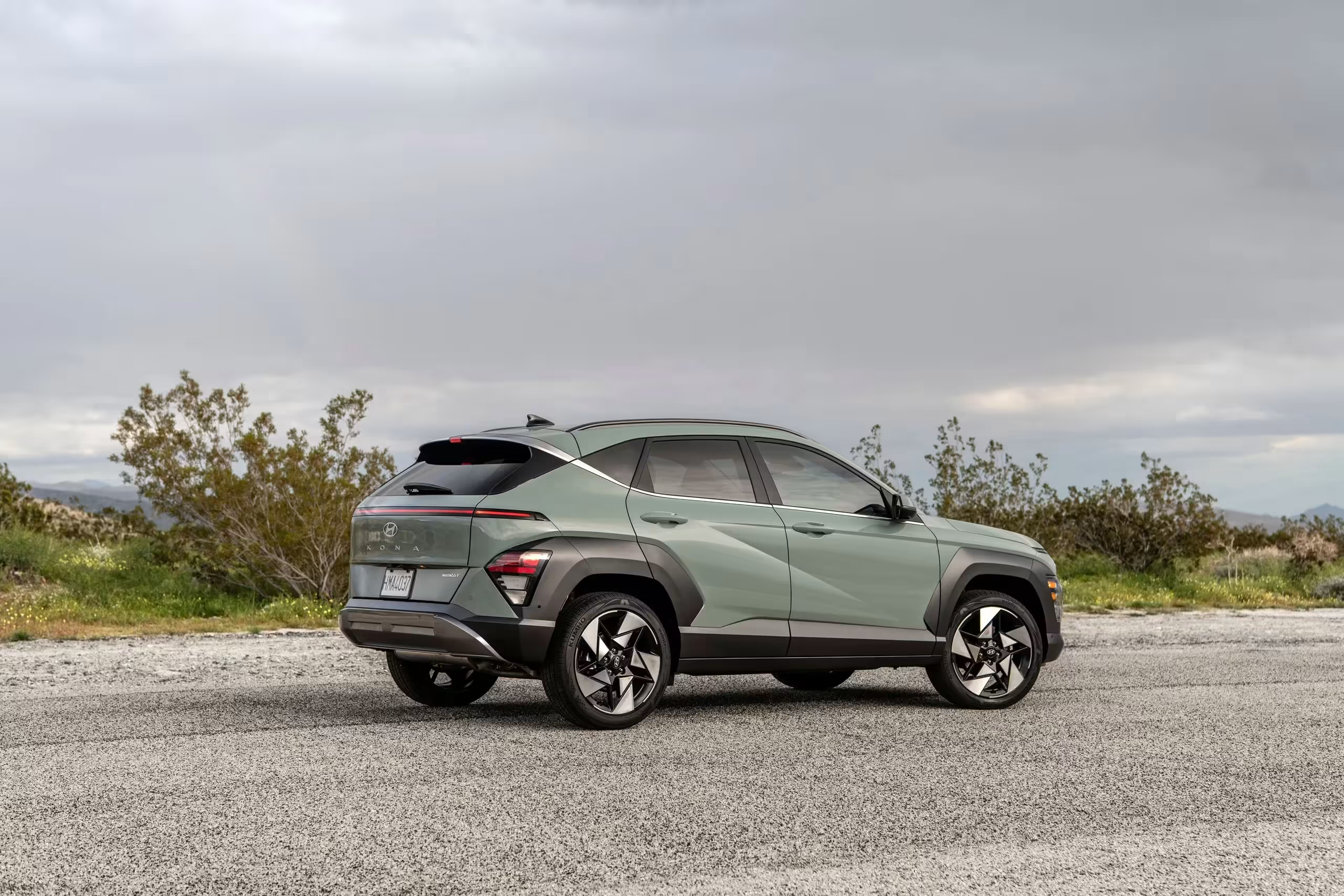
The design? That so-called “Seamless Horizon Lamp” with a LED strip at the front and rear isn’t just a marketing flag, no. It even helps with aerodynamics (a drag coefficient of 0.27, a respectable number), reducing consumption and noise. Hyundai wanted to show superiority over conventional rivals with a completely unconventional look, and honestly, they succeeded. Anyone who says otherwise is just messing around.
Is the 2026 Hyundai Kona Truly Worth the Global Investment?
The burning question that needs no beating around the bush: is the Kona worth the price? International prices vary, but expect something between $43,000 and $47,000 — not exactly a “gift.” In euros, that’s around €40,000 to €44,000. The secret (and advantage) lies in the equipment: the Signature package offers luxury that’s hard to match in this segment, even when compared to traditional brands that sometimes still live in the past.
If you’re into gadgets, you’ll enjoy the panoramic sunroof, total monitoring cameras, full-LED headlights, leather seats, premium finishes, and acoustic insulation typically found only in higher-category SUVs. Want to see what’s new in modern and disruptive interiors? I recommend reading about the 2026 Mazda CX-5, which has left buttons in the past.
Quick Comparison: 2026 Kona vs. Direct Competitors
- Futuristic design vs. conservative rivals
- 1.6 Hybrid Engine: 141 hp, compared to 122-141 hp for competitors
- Dual 12.3″ Dashboard vs. outdated infotainment systems
- Multi-link rear suspension on all trims
- City fuel economy among the best in the segment
- Advanced safety package
- Higher price, but more equipped
- Reasonable trunk space, but not the largest
What Are the Pros, Cons, and Controversies of the 2026 Hyundai Kona?
No hiding dirt under the rug! The 2026 Kona scores big on looks, onboard technology, city fuel economy, and comfort (especially in the rear), but it does stumble a bit. The trunk could be larger. The price does pinch the wallet, yes. And here’s a shocker: maintenance costs and parts availability for hybrid systems can still be a concern in some markets. Admitting this isn’t weakness, it’s transparency (rare in the automotive world).
The global offering of trims can be confusing, and Hyundai’s reputation in hybrids — despite advancements — is still under construction in many countries. Those who were loyal to “traditional hybrids” will grumble, but it’s an inevitable path, my friend. And, if you want to know what makes an SUV truly legendary, don’t miss the review of the 2025 GMC Yukon Denali.
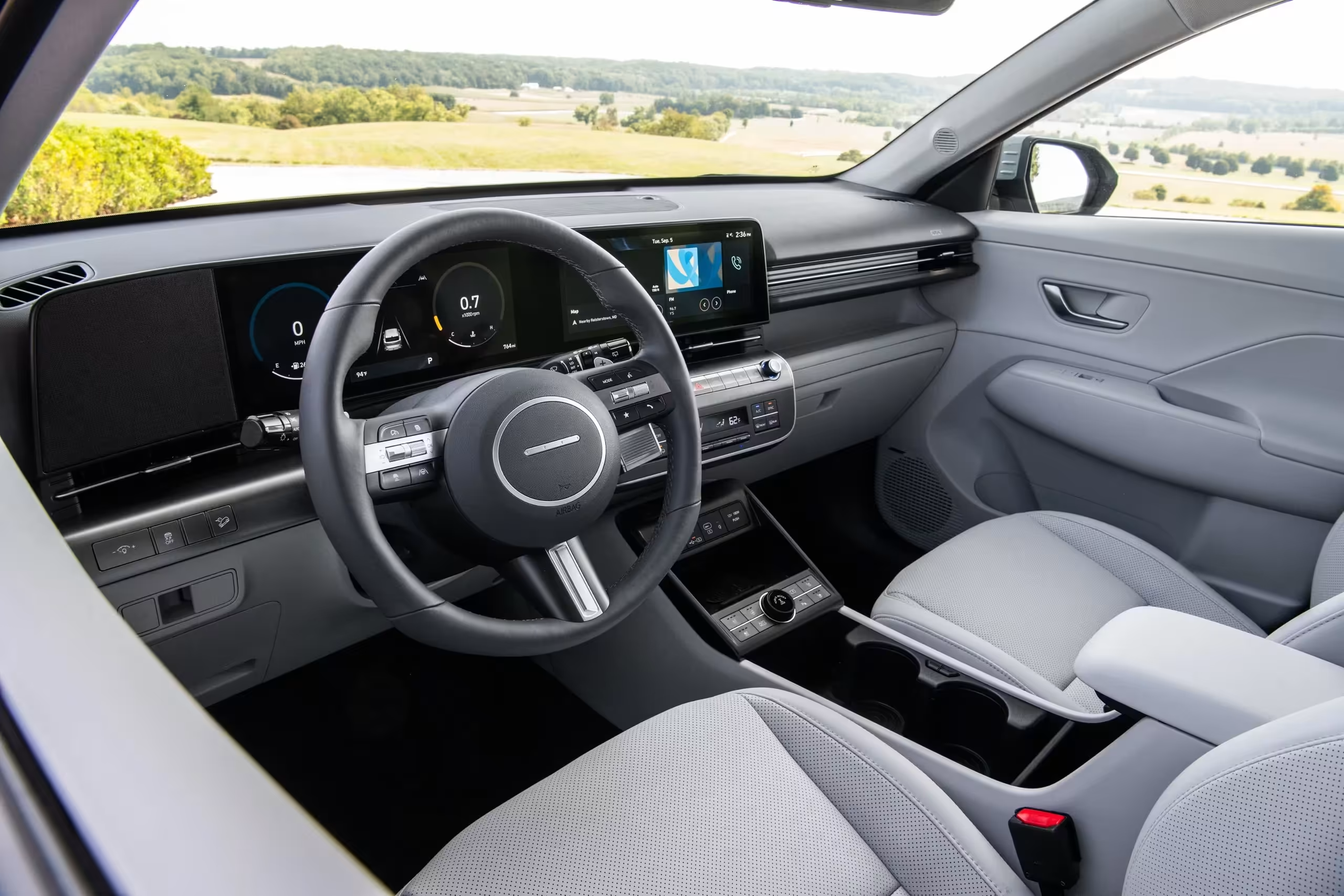
Bullet Points: Pros and Cons of the 2026 Kona
- Pros: Bold design, cutting-edge technology, extra space, low fuel consumption, excellent safety package.
- Cons: Steep price, smaller trunk than some rivals, hybrid maintenance costs, hybrid reputation still in progress.
How Does the 2026 Kona Position Itself Against Electrified SUVs and Global Competition?
Let me be direct: few compact SUVs can maintain a balance between performance, efficiency, and cool looks like the Kona. Put flexible powertrains, futuristic design, and equipment that only premium brands offer on the scale. The competitors? Some try to sell tradition, others cheap whisky disguised as innovation.
Riding the wave of the electric and technological era, global SUVs like the Hyundai Ioniq 6 N and the 2026 Volvo EX30 Cross Country are also changing the game — whether it’s in terms of range, incredible performance, or tech packages that were missing even in much more expensive models.
Main Competitors: Quick Comparison
- Toyota Corolla Cross Hybrid: Absurd reliability, more trunk space, but lacks boldness and cutting-edge technology.
- Kia Niro Hybrid: Excellent fuel economy, decent space, but the styling isn’t always appealing and the package isn’t as complete as the Kona Signature.
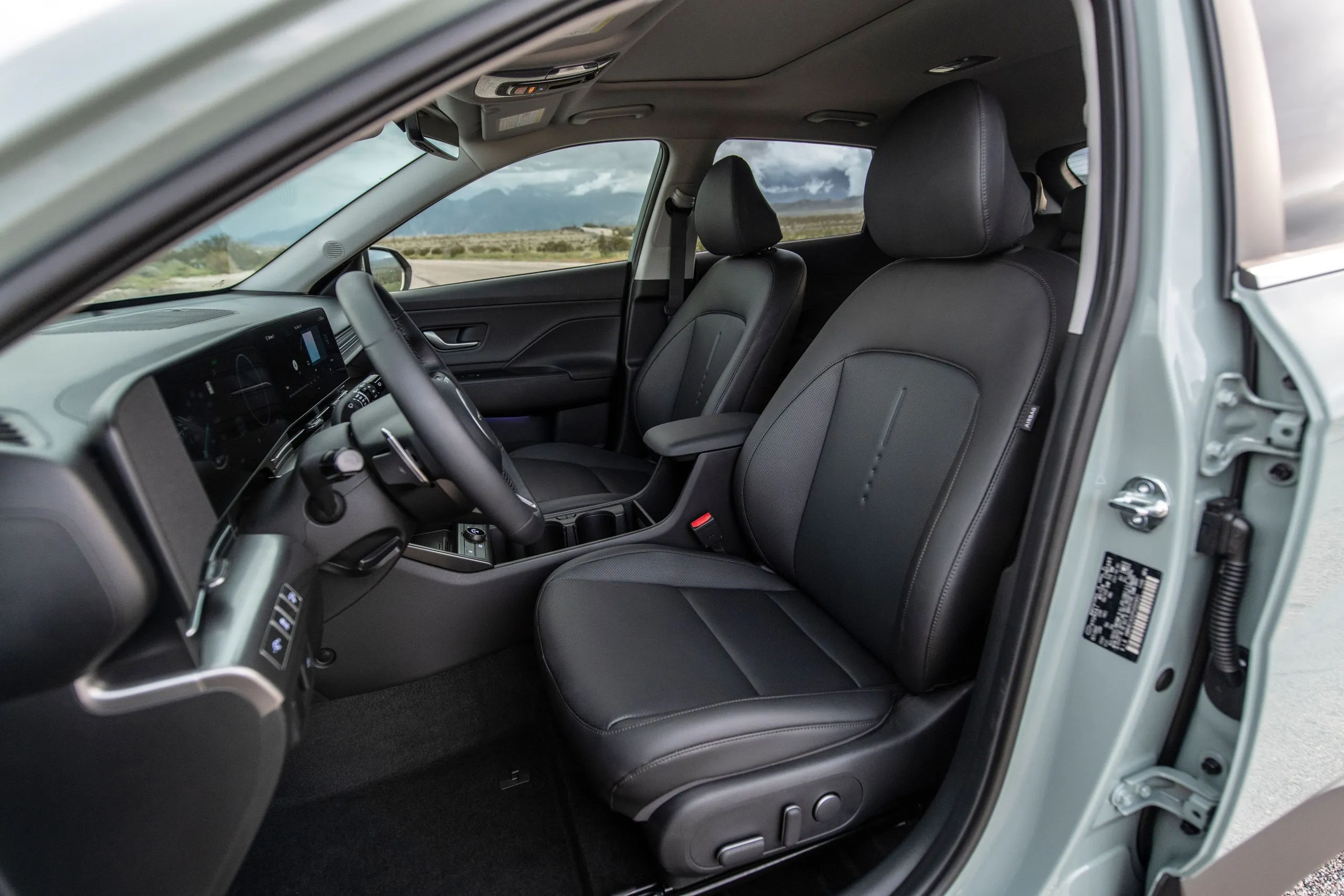
FAQ: Questions and Answers About the 2026 Hyundai Kona
Frequently Asked Questions
- Does the 2026 Hyundai Kona offer more technology than direct competitors? Yes, it stands out with its dual dashboard, comprehensive ADAS, and configurable lighting in up to 64 colors.
- Is the fuel economy really efficient? The hybrid gets up to 43.3 mpg in city driving, one of the best in the segment.
- Do the electric versions of the Kona have satisfactory range? The EV options exceed 310 miles on the WLTP standard, placing them among the elite compact electric SUVs.
- Does the cost-benefit still make sense compared to rivals? For the technology package and innovation, yes, but it comes with a higher price tag, especially in the top-tier trims.
- What are the biggest drawbacks for the mature consumer? High price, smaller trunk than expected, and hybrid maintenance which is still a challenge in many regions.
My opinion? The 2026 Hyundai Kona is, without a doubt, one of the boldest and most complete bets in the segment for mature individuals who want technology without sacrificing robustness or style. It has its challenges, like price and after-sales service, but it delivers a rare package. If you’re tired of “mediocre” SUVs and want something worth every penny invested — even if it’s damn expensive! — you’ll hardly go wrong here. The future has arrived, and it has no patience for hesitation.
Now it’s your turn: would you dare to bet on the new Kona, or will you stick with the old SUVs? Leave your comment below and tell me what you think about this Korean audacity versus the traditional rivals!
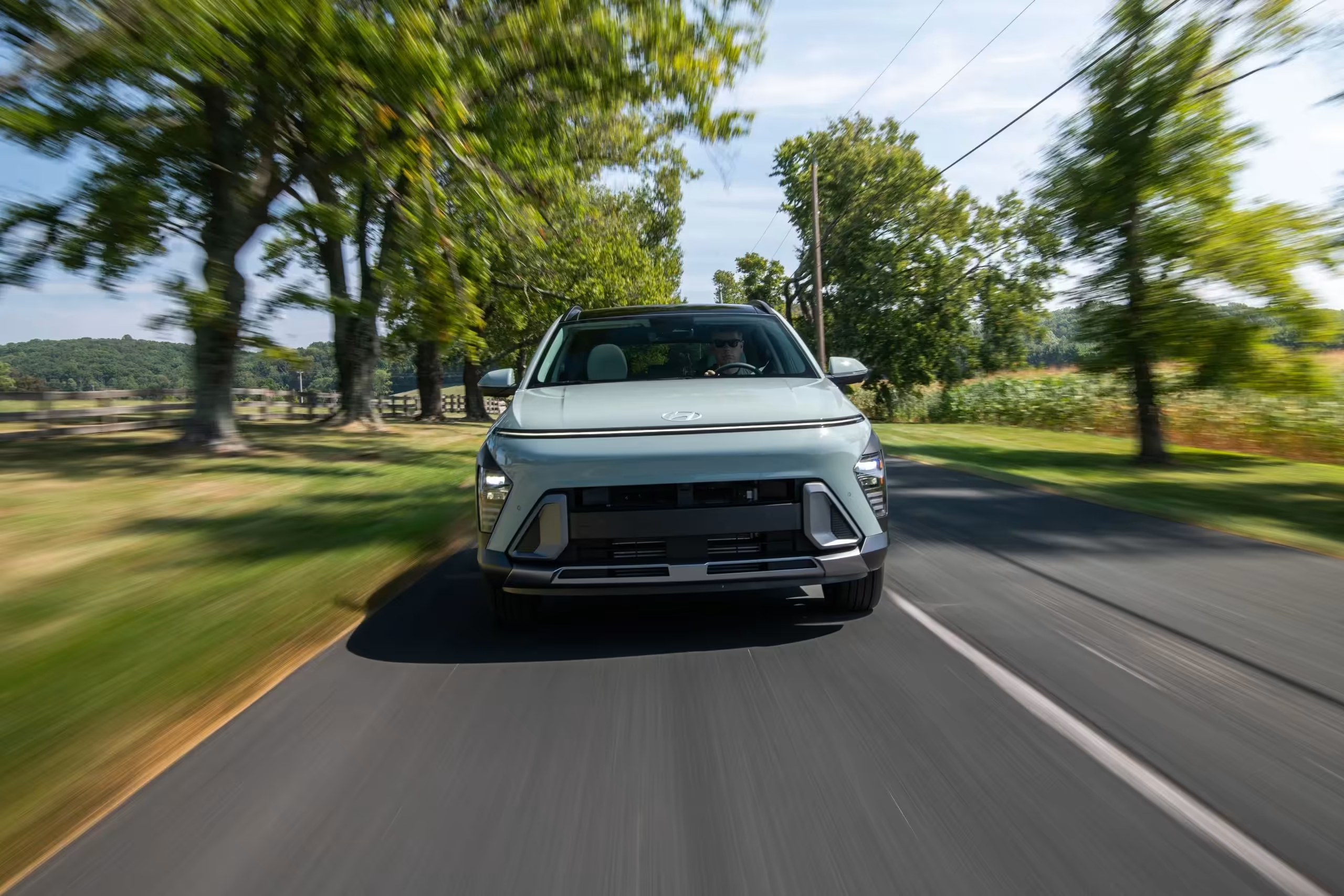
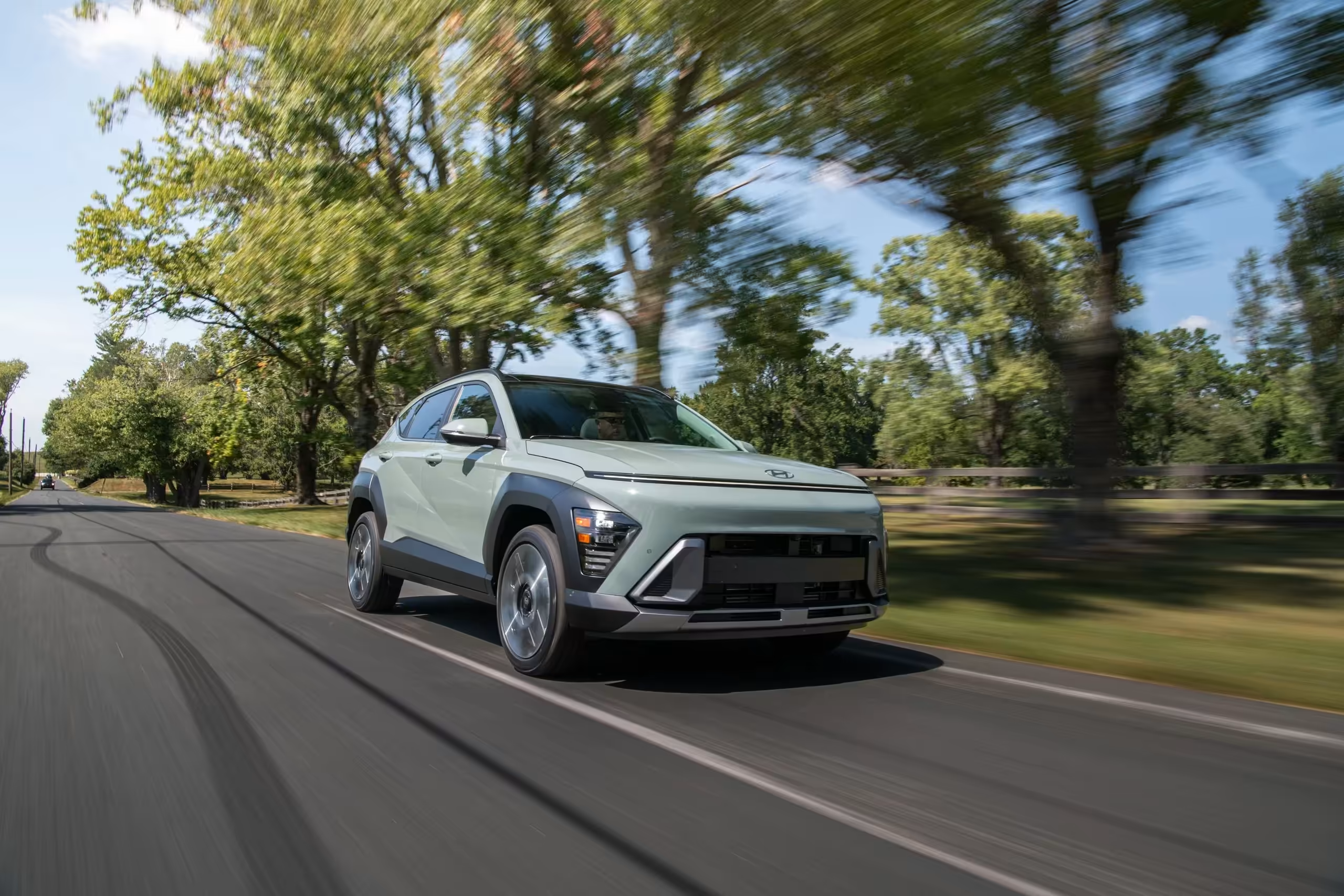
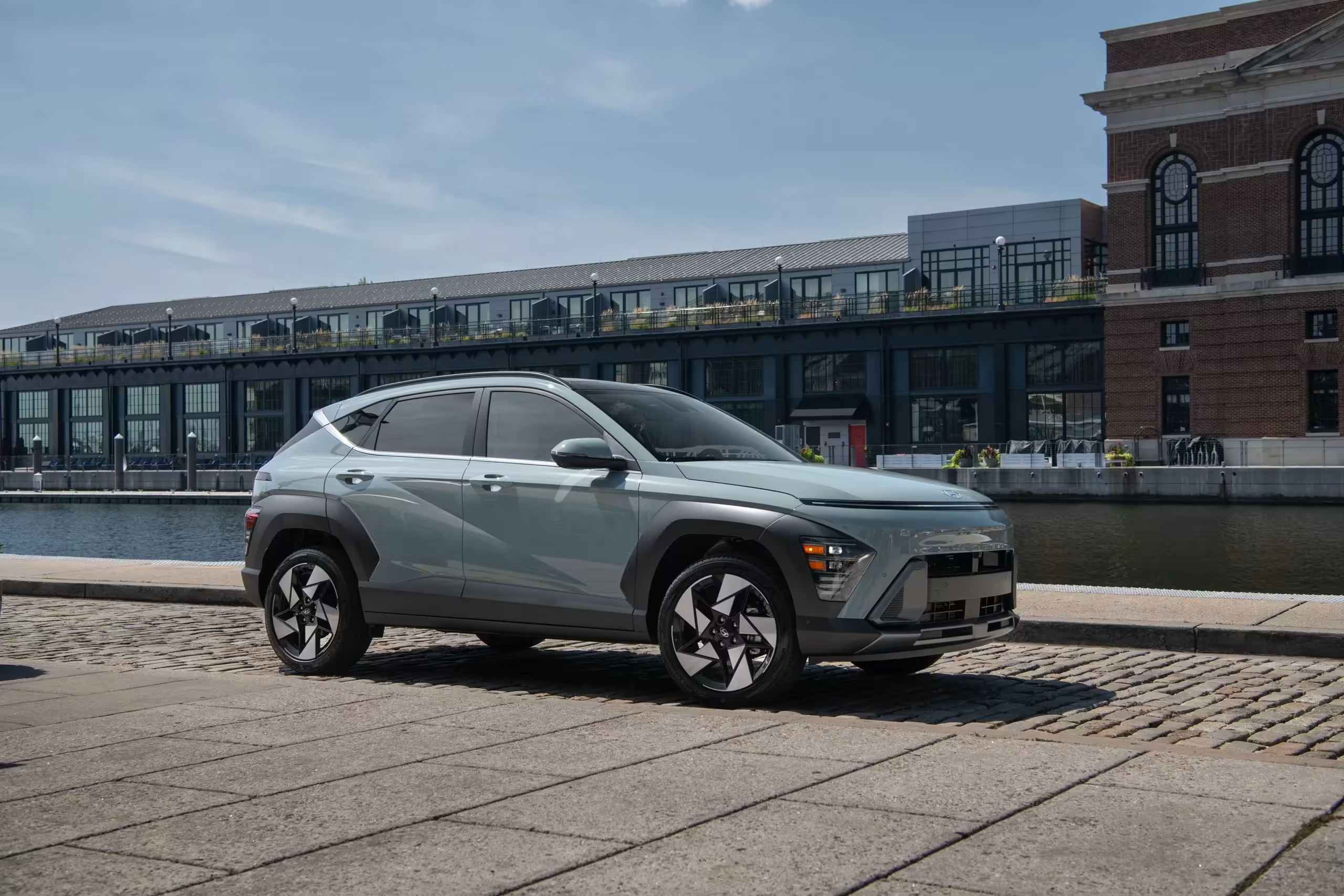
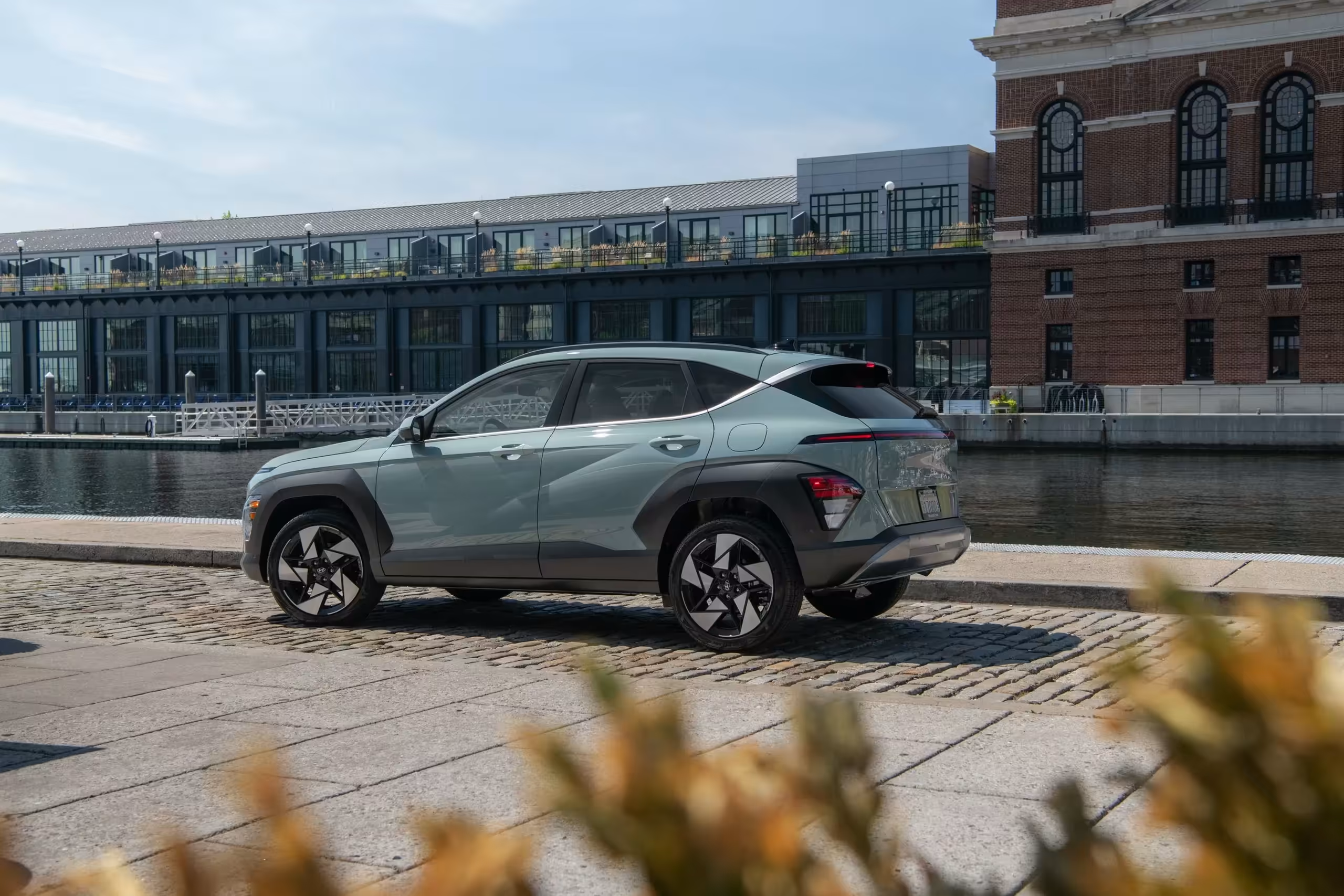
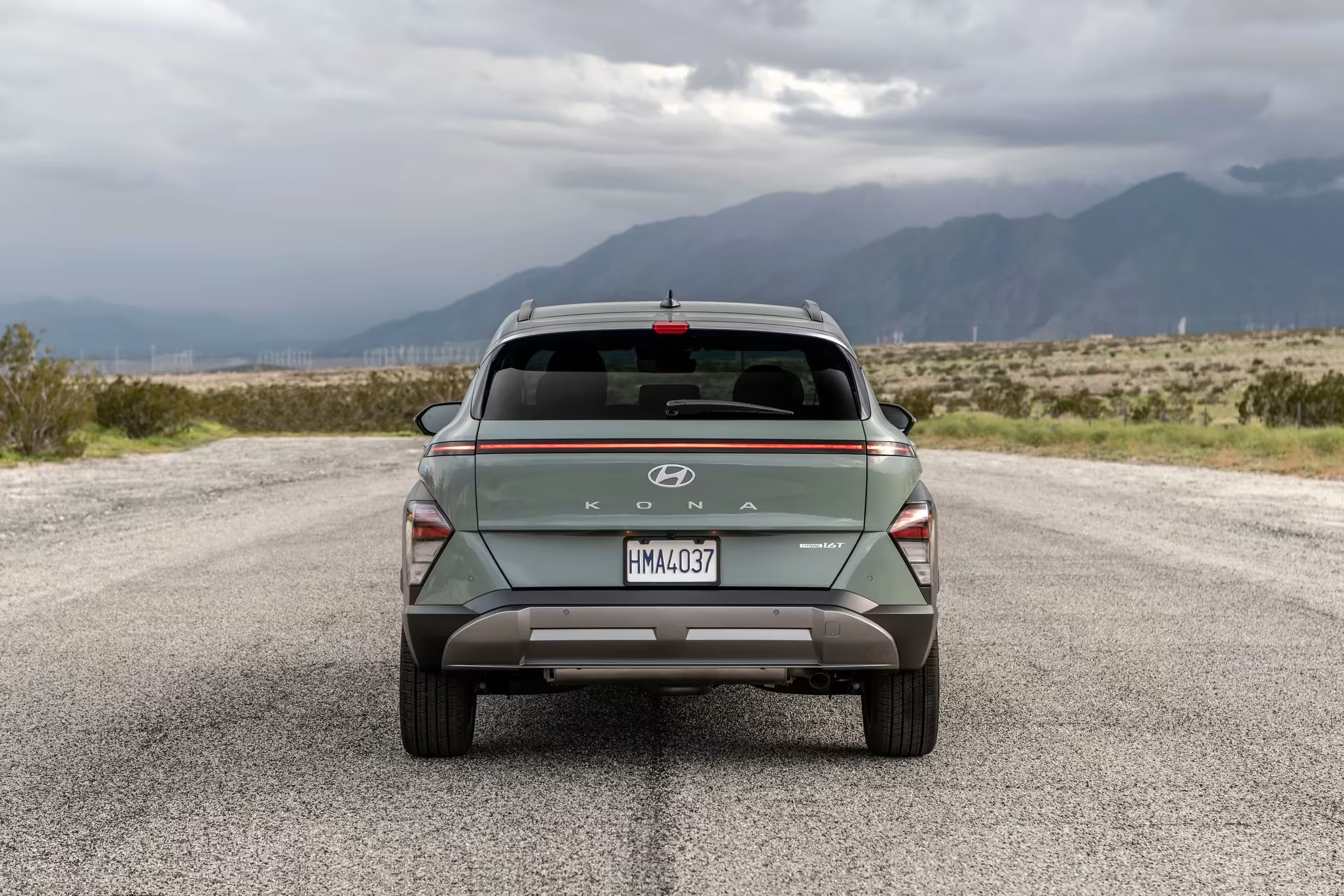
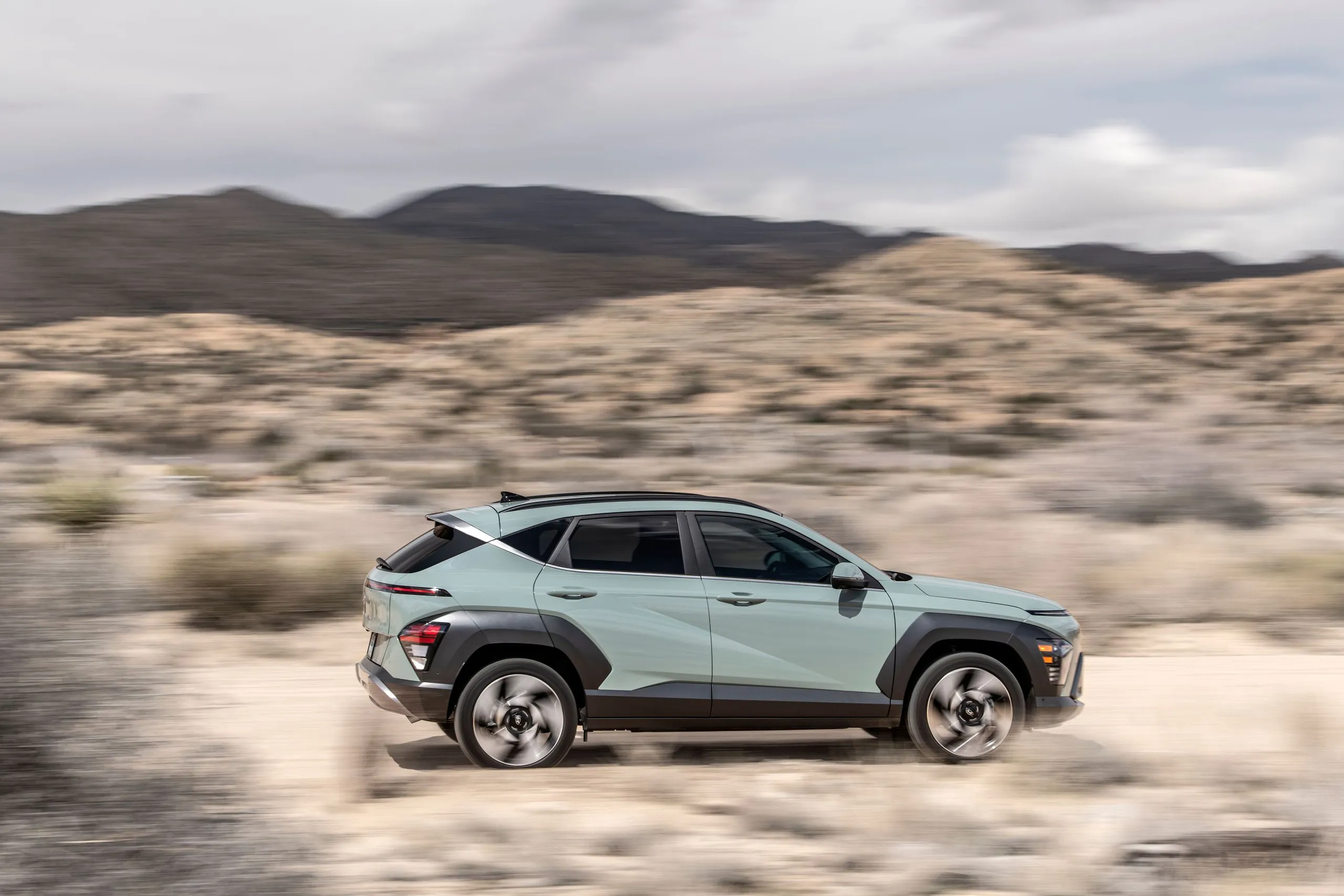
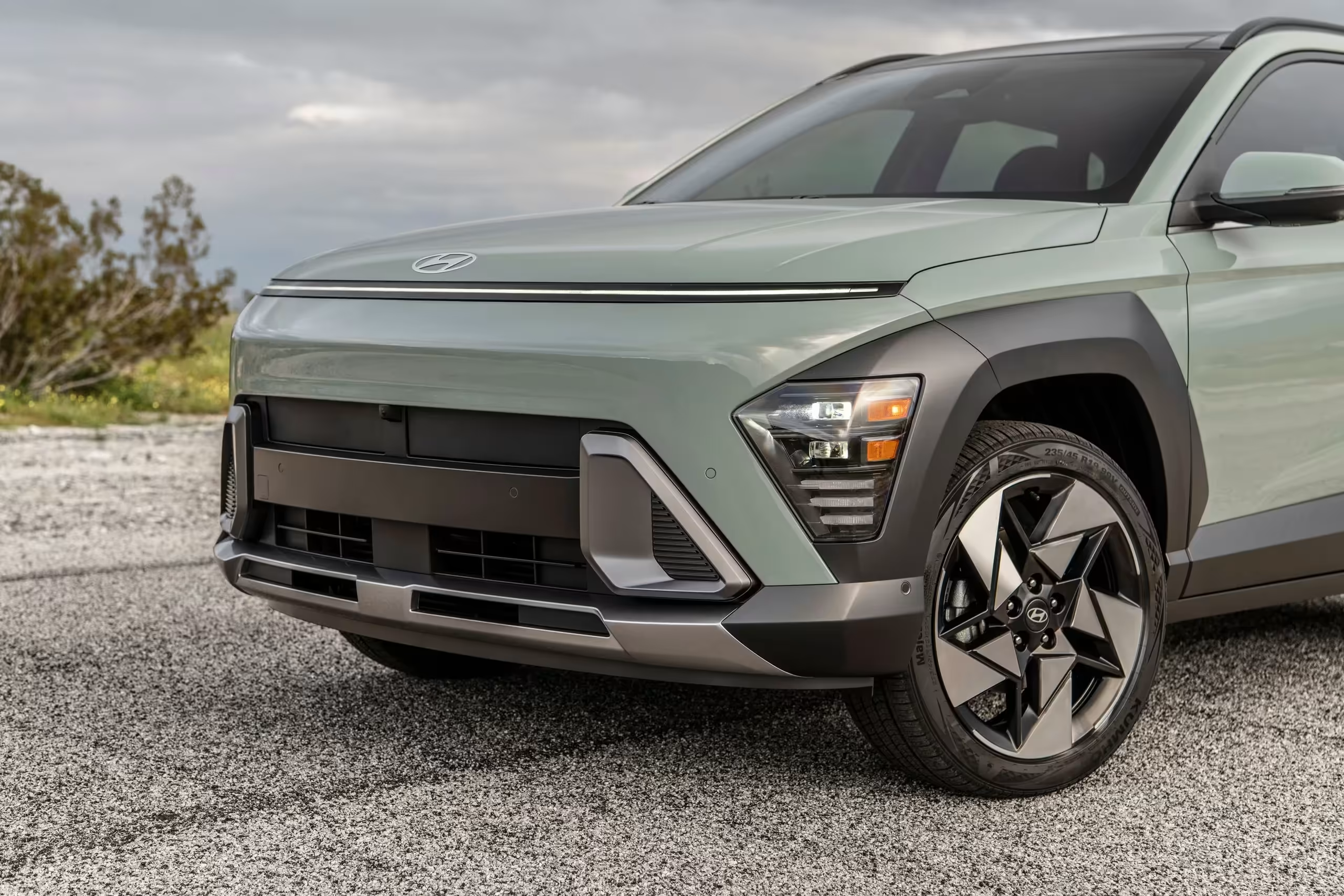

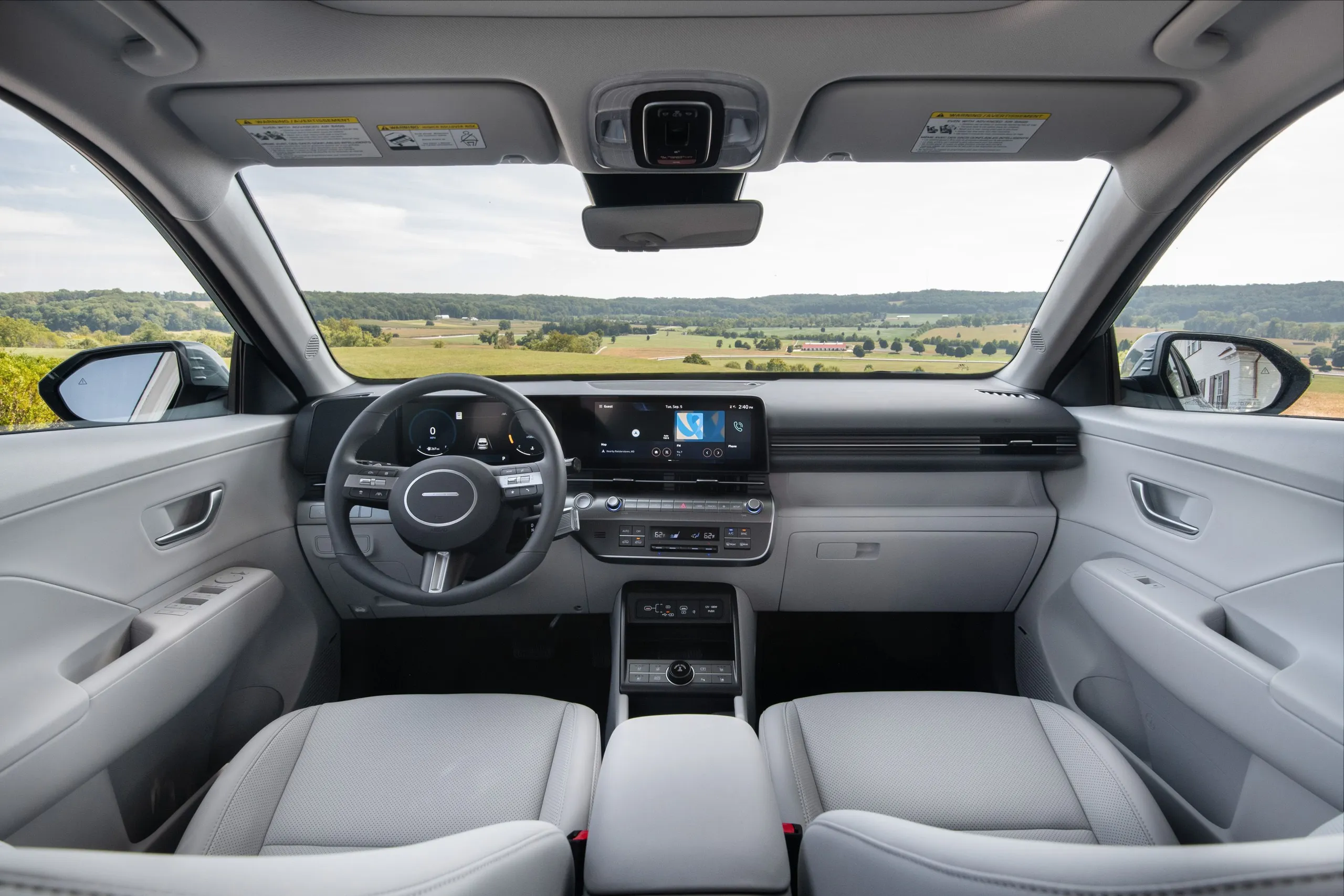
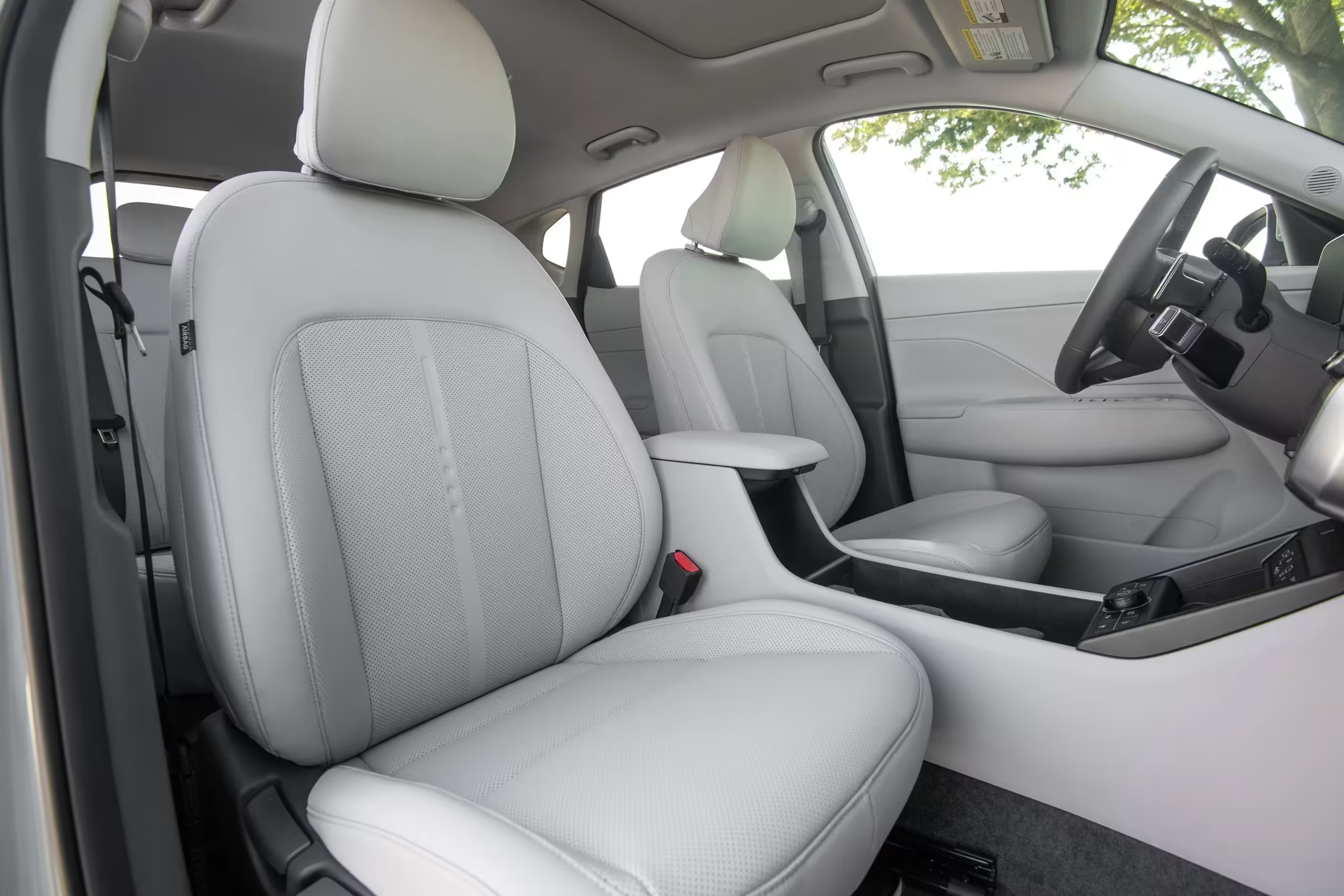
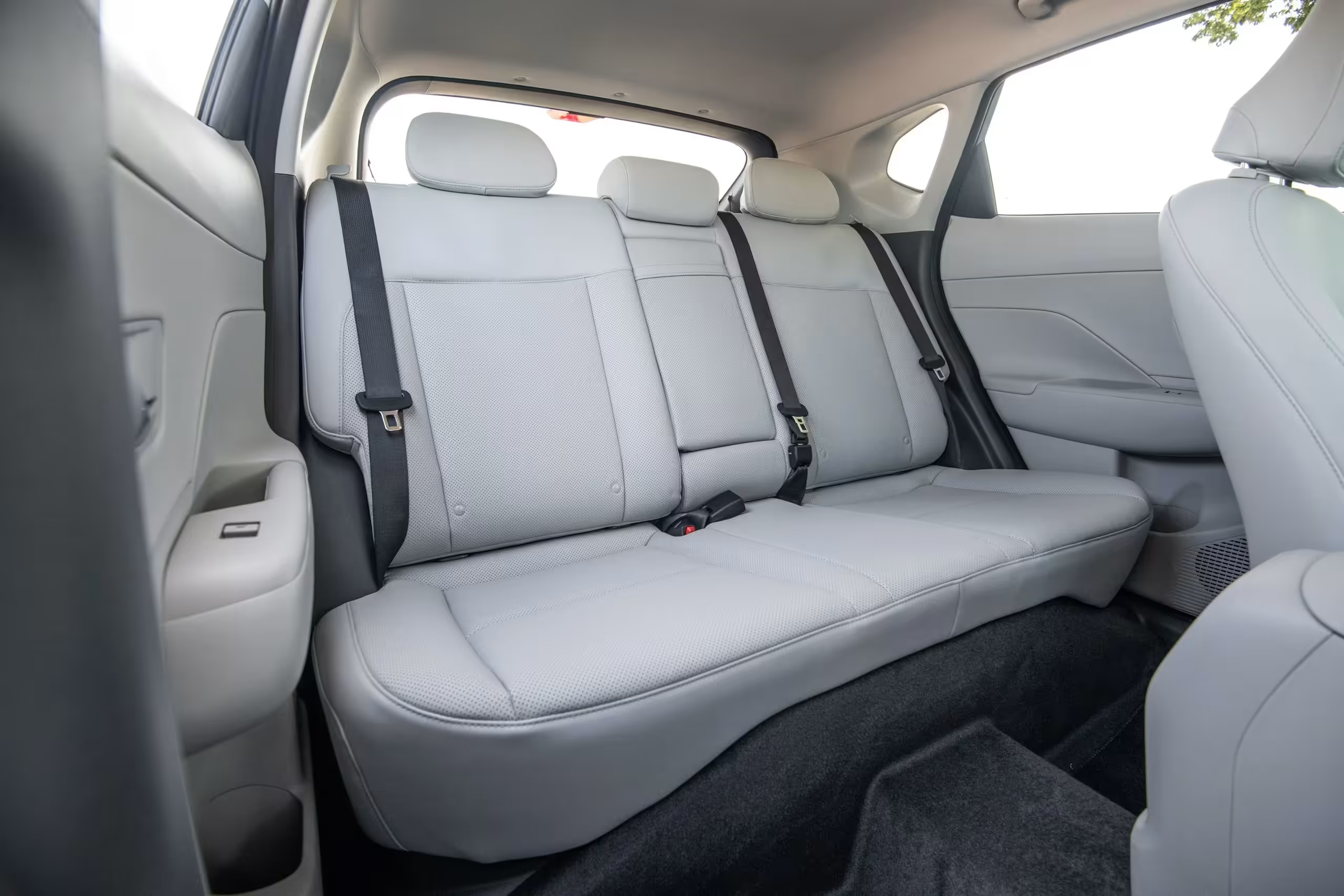
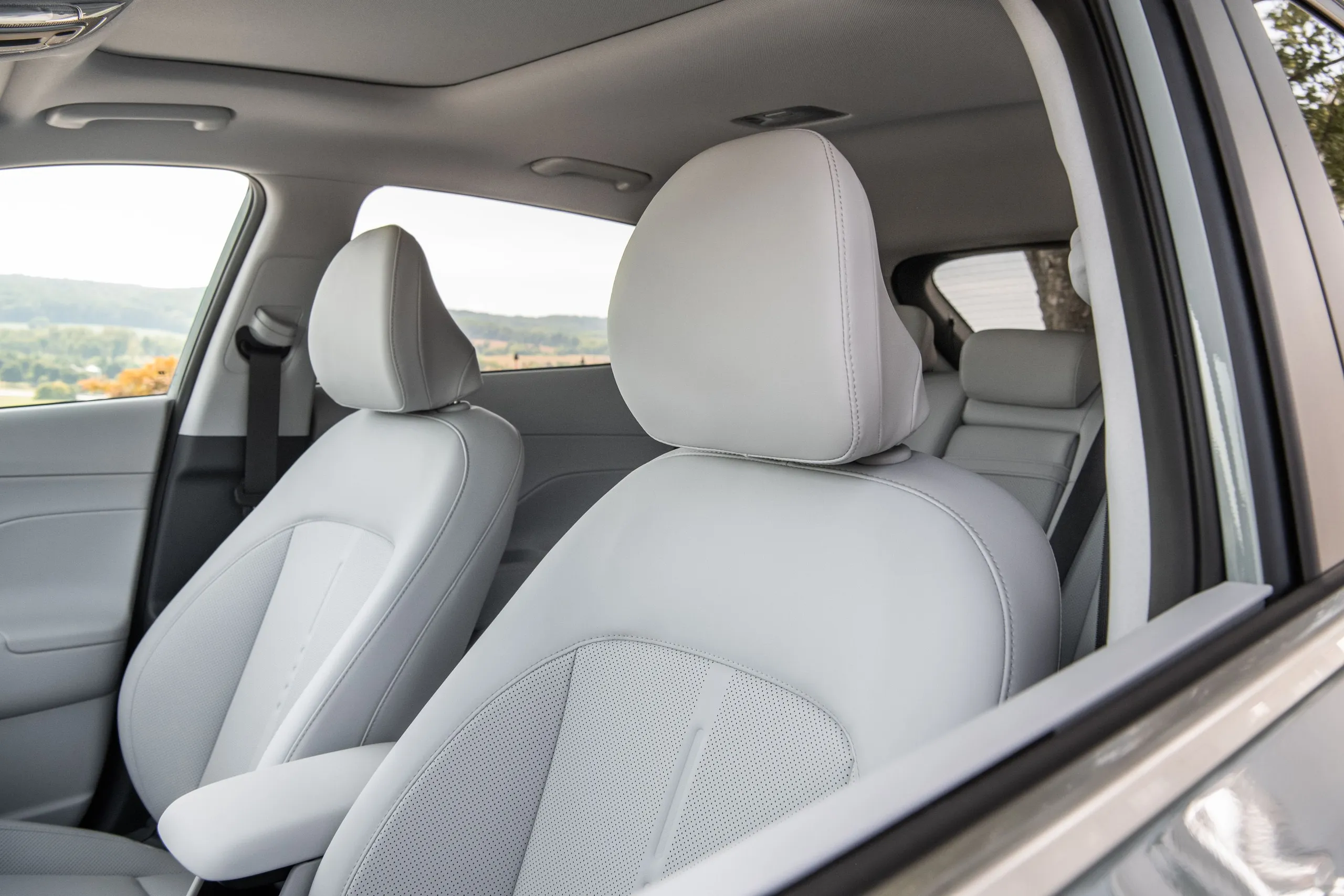
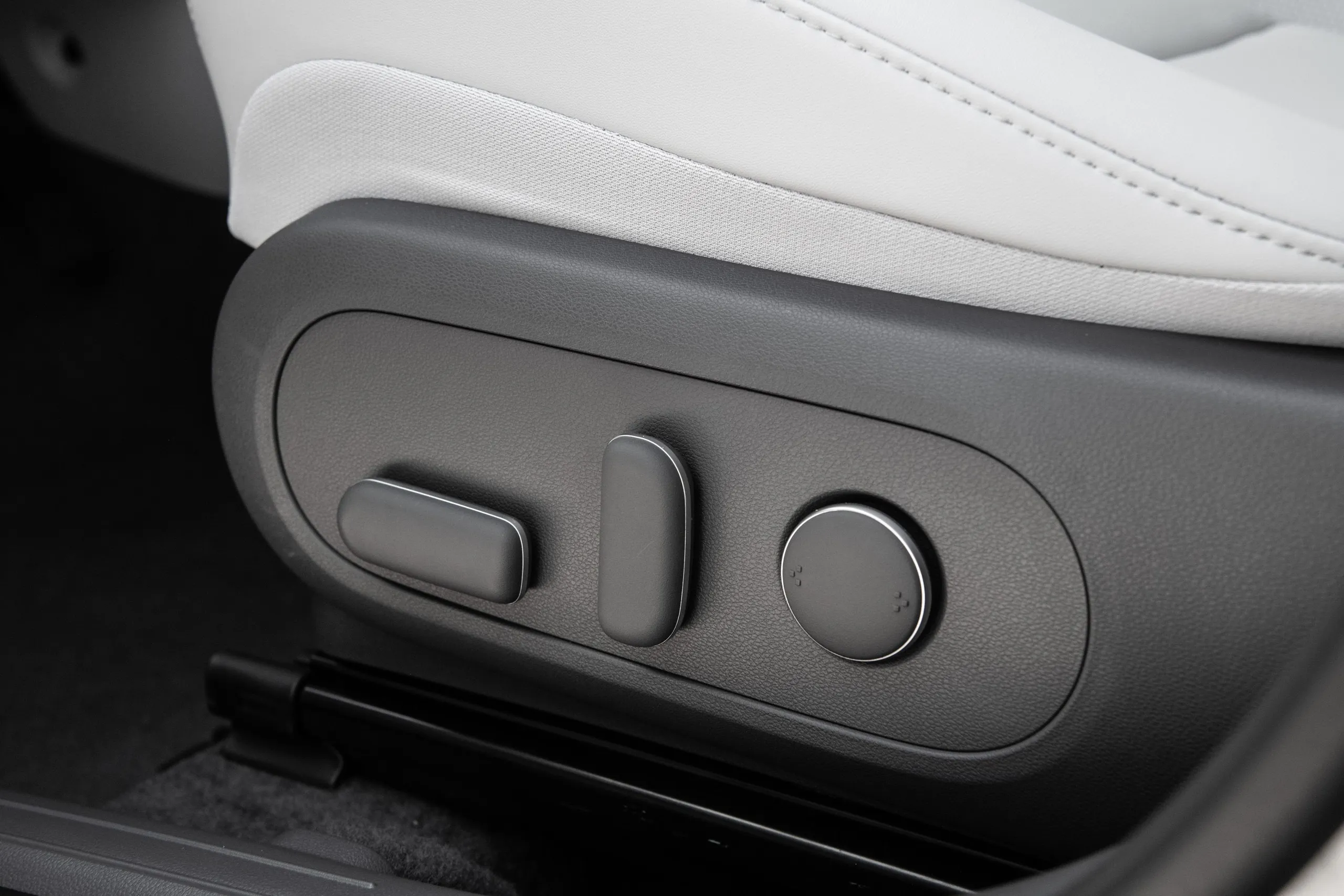
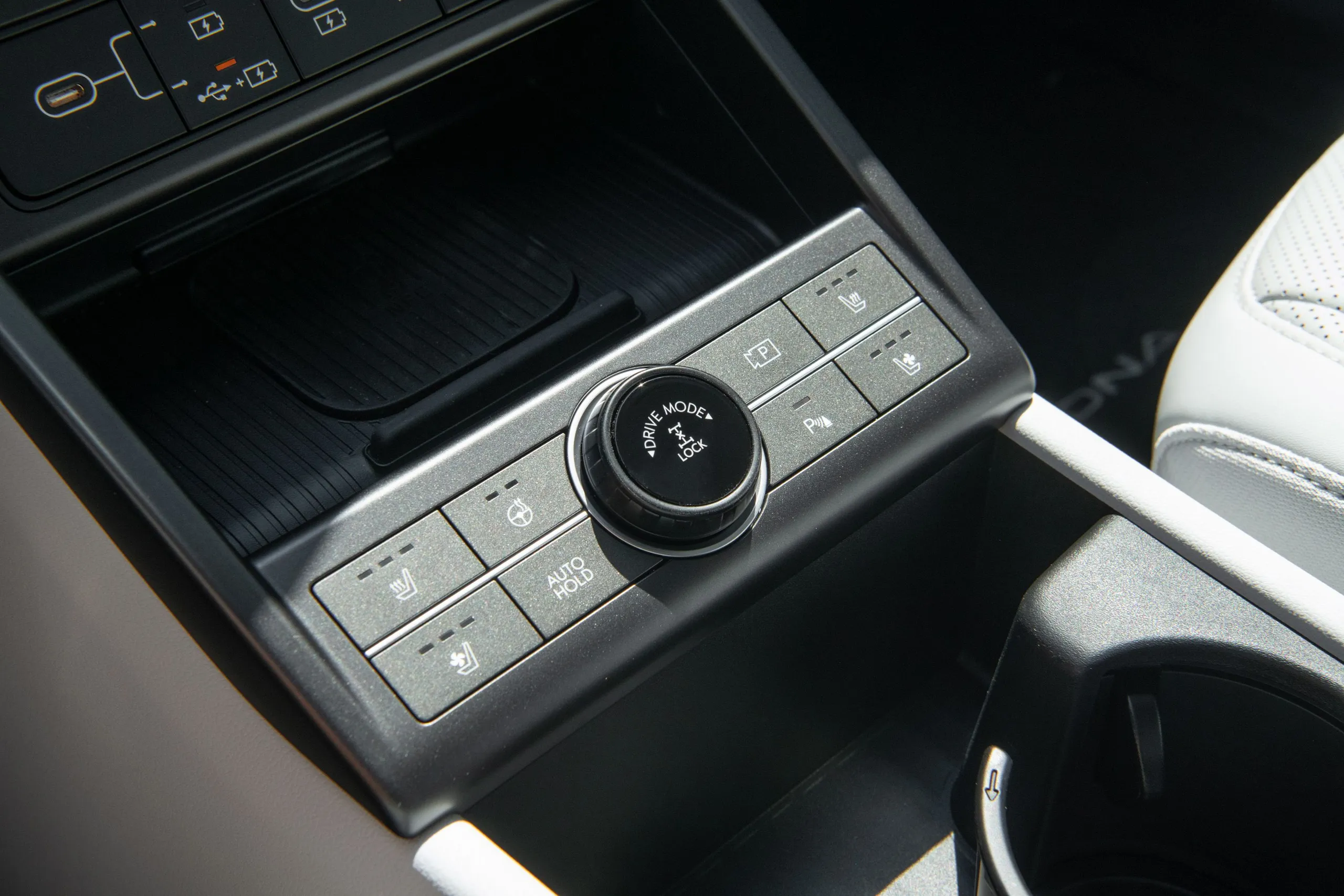


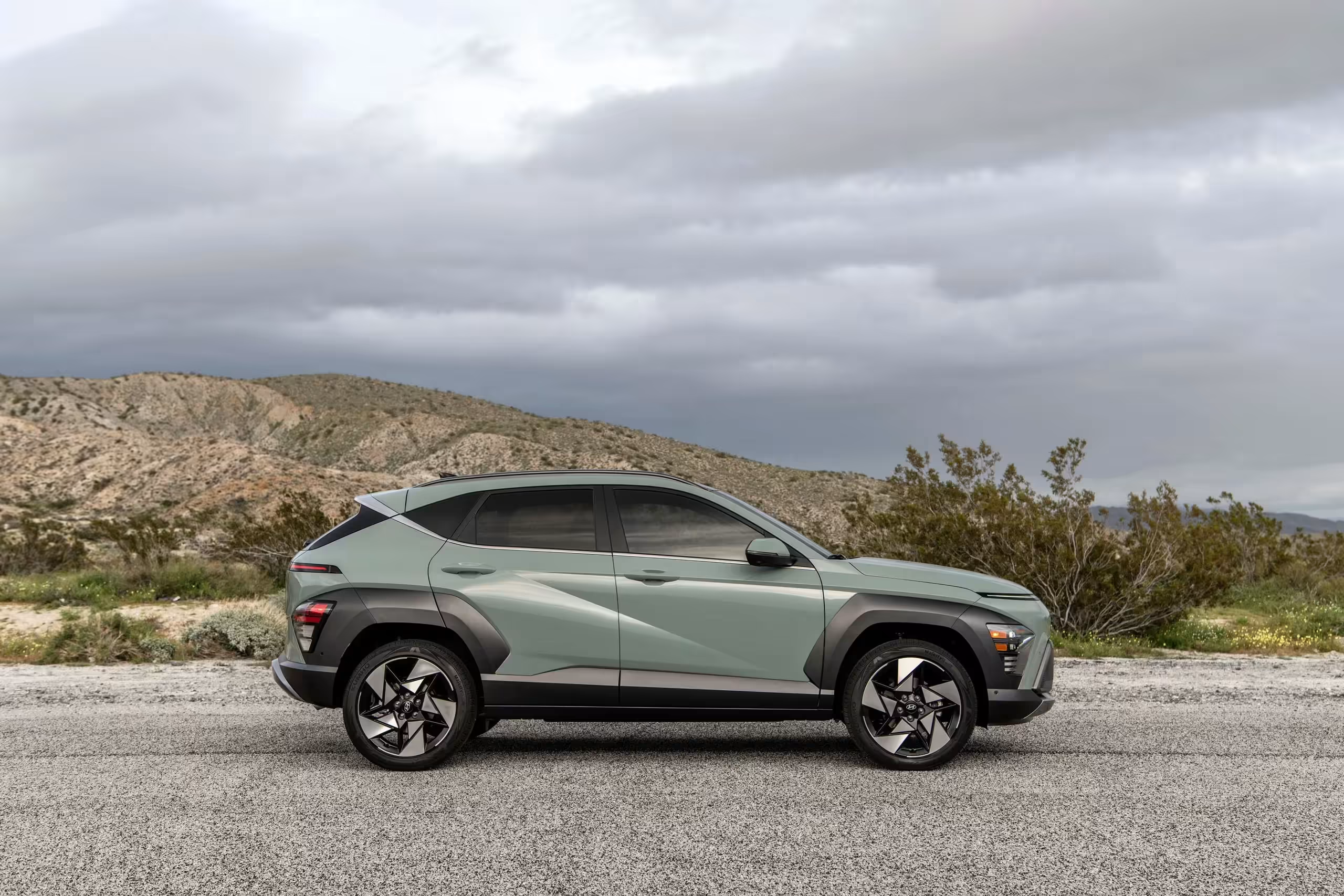
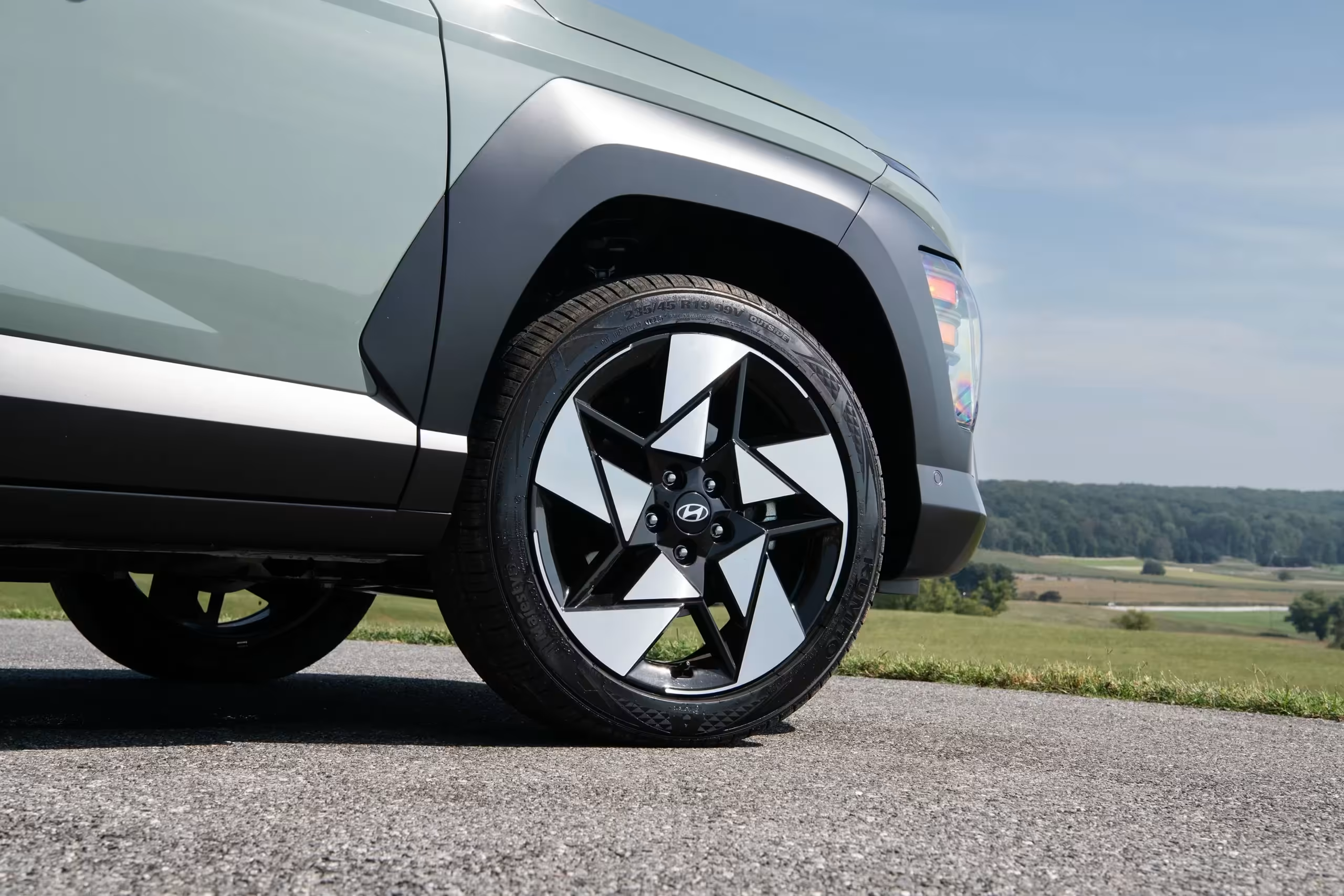

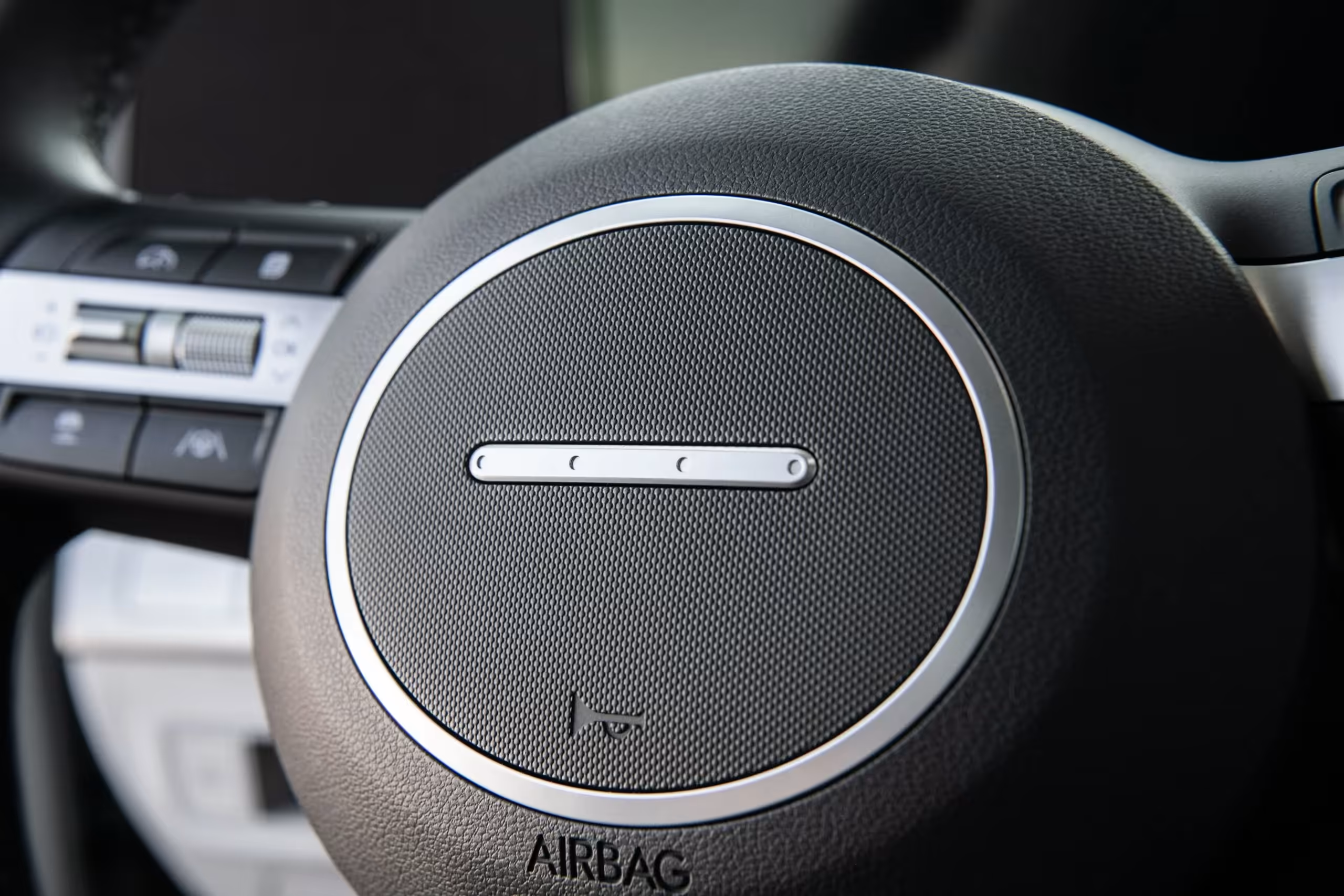
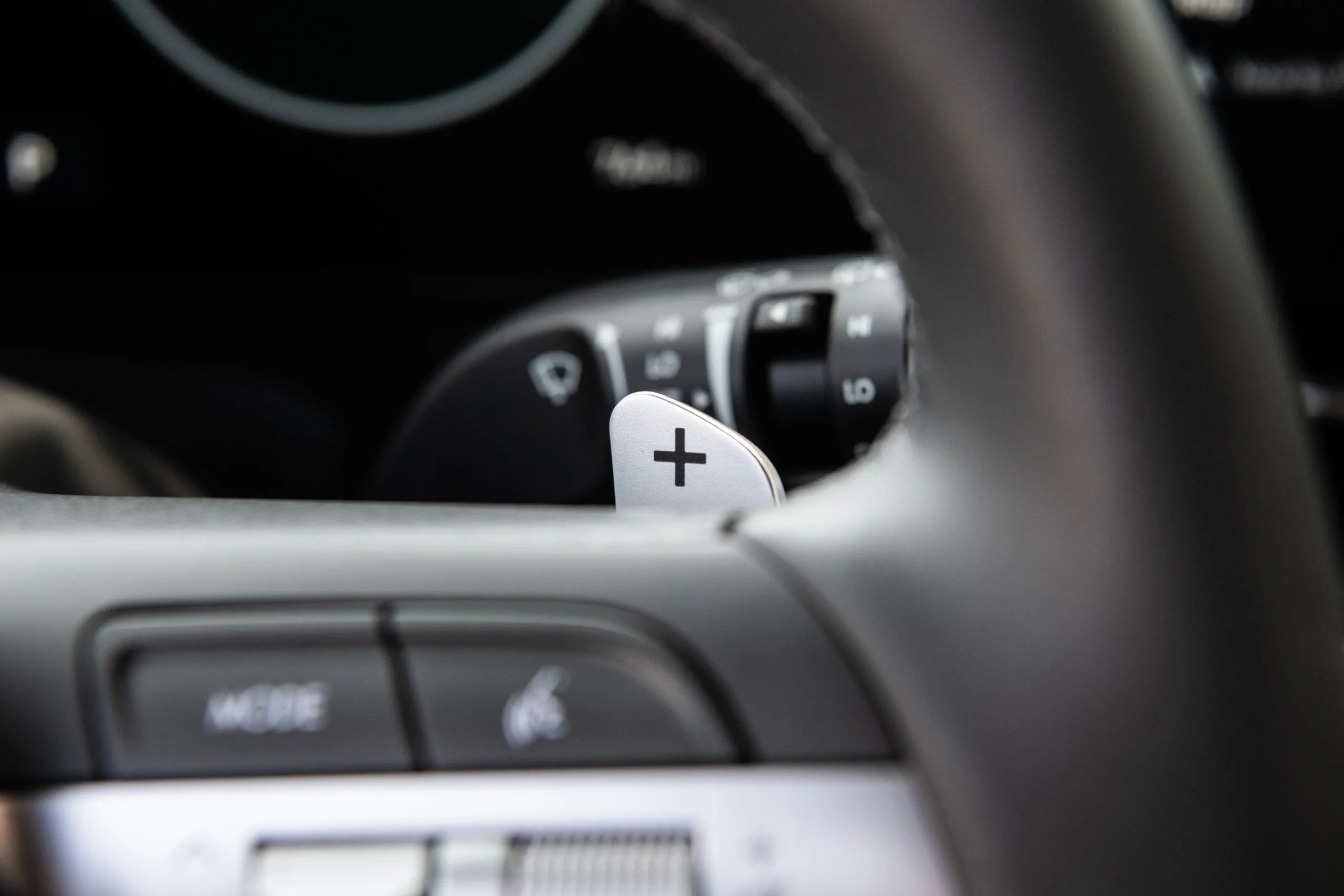
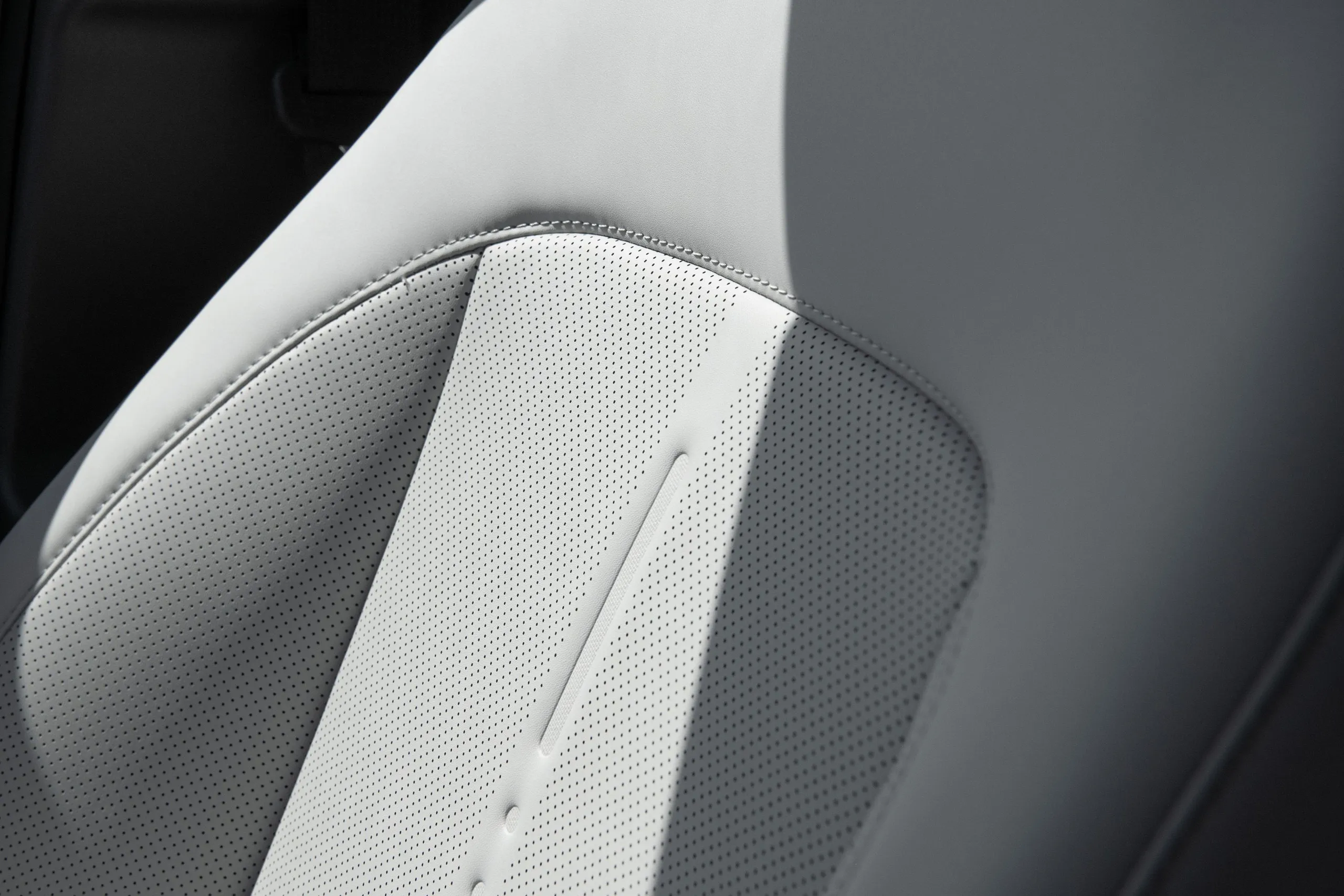
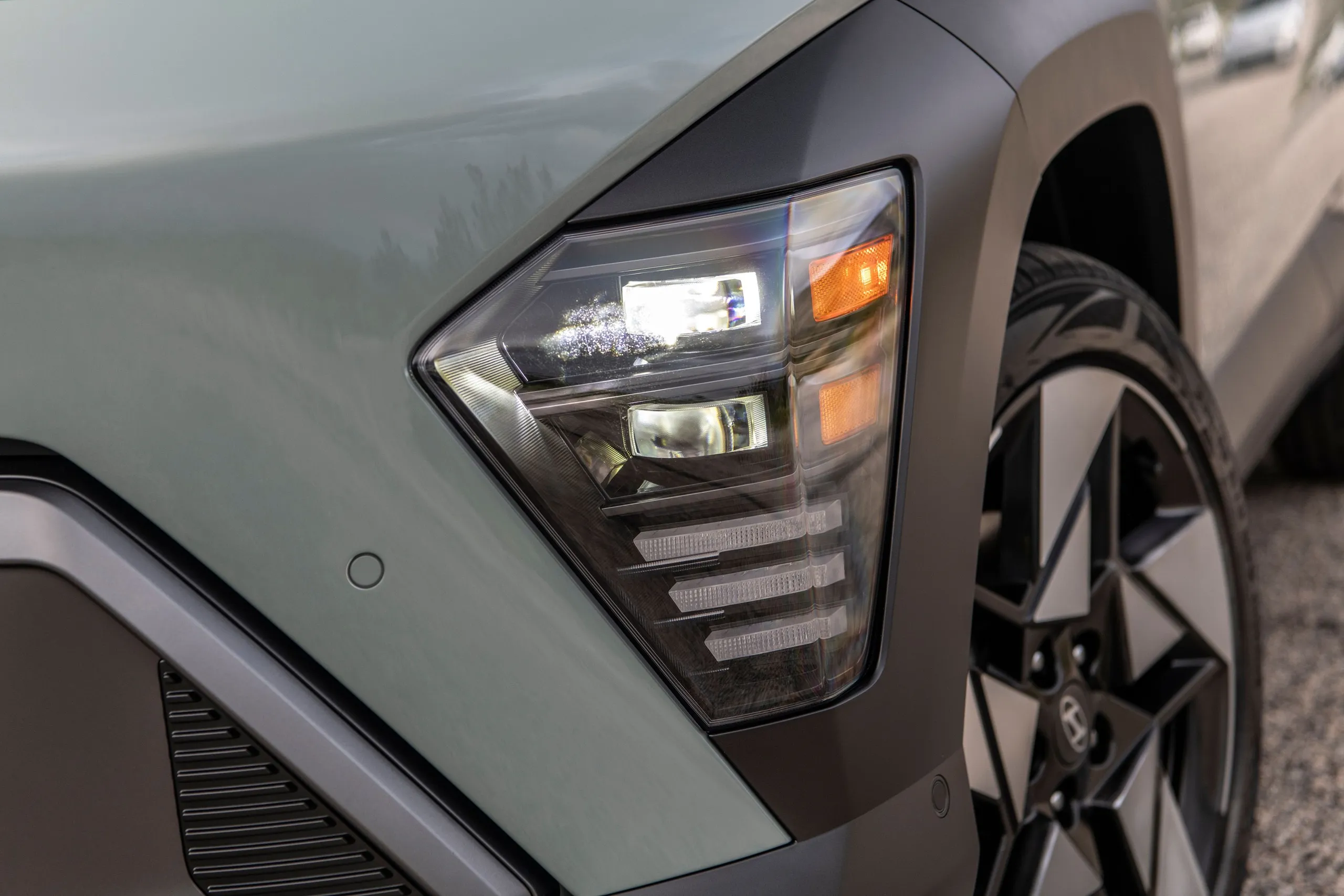
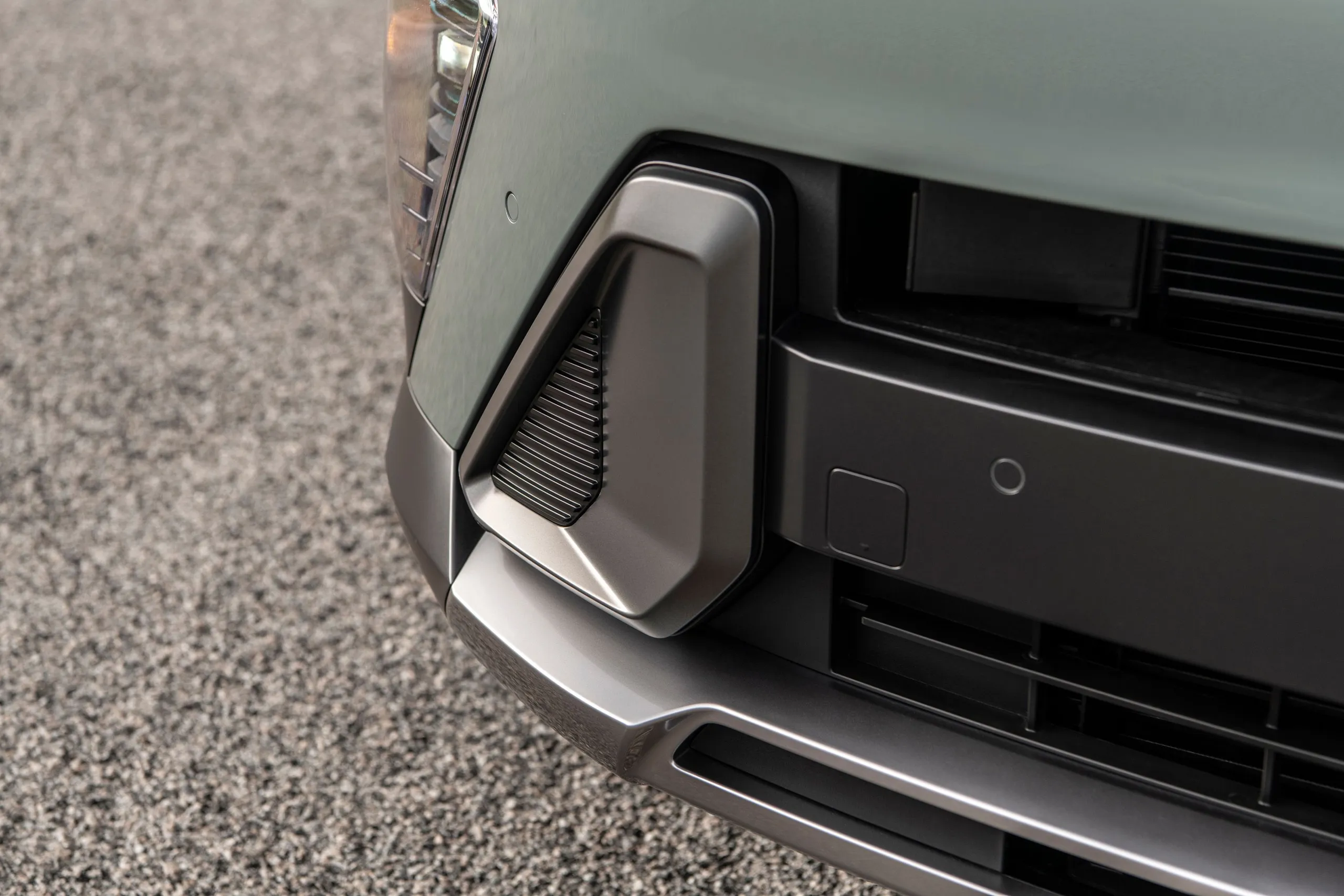
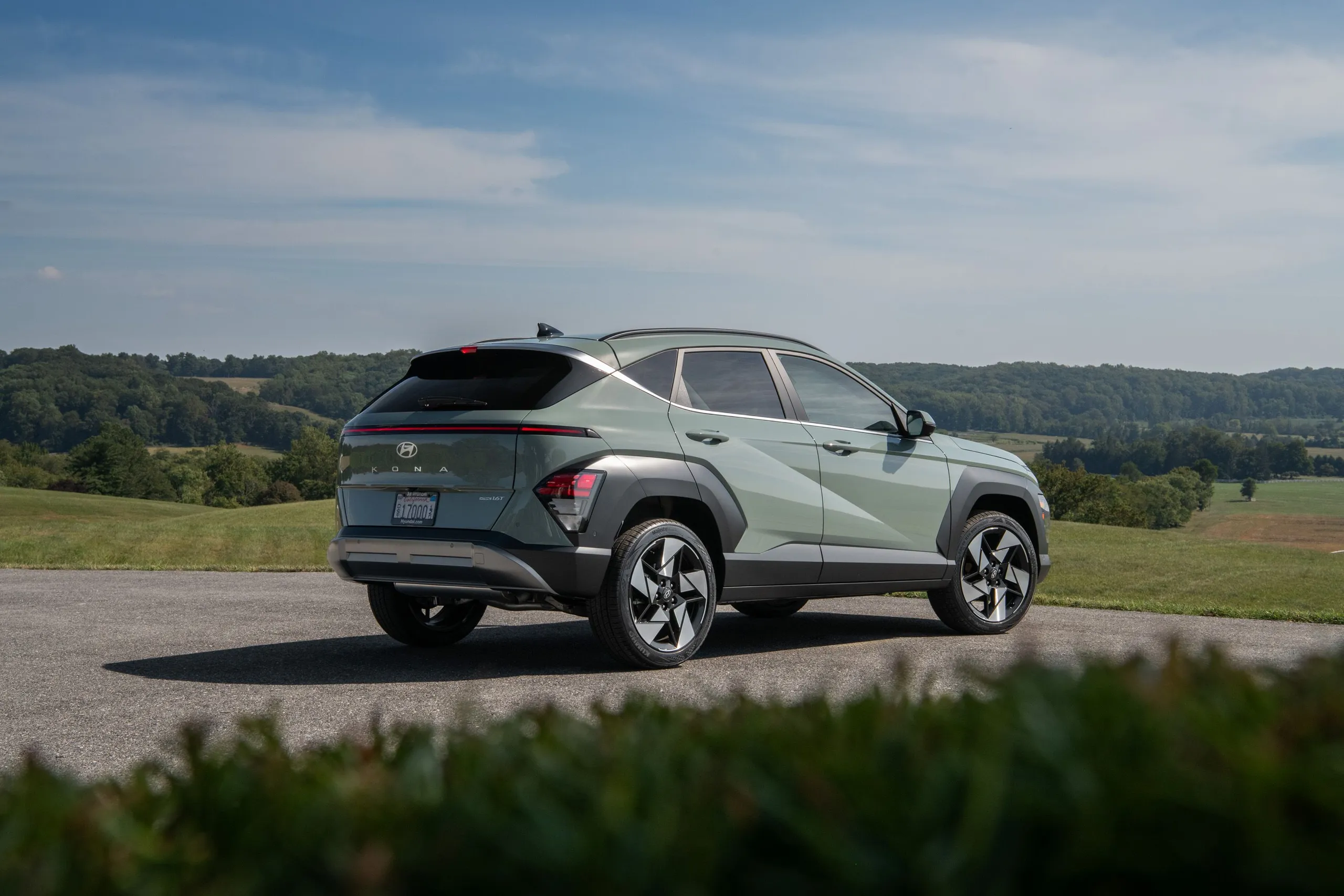
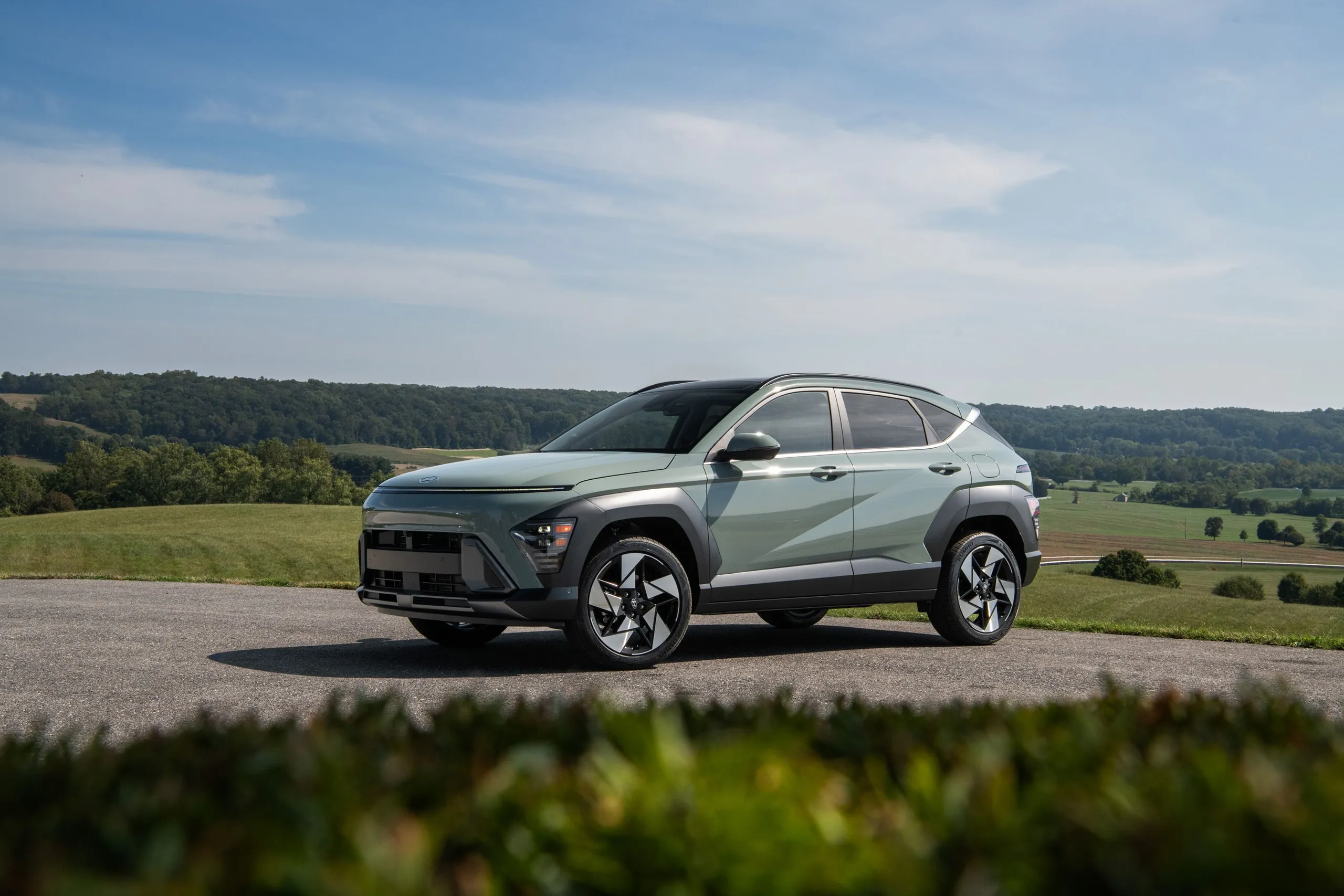
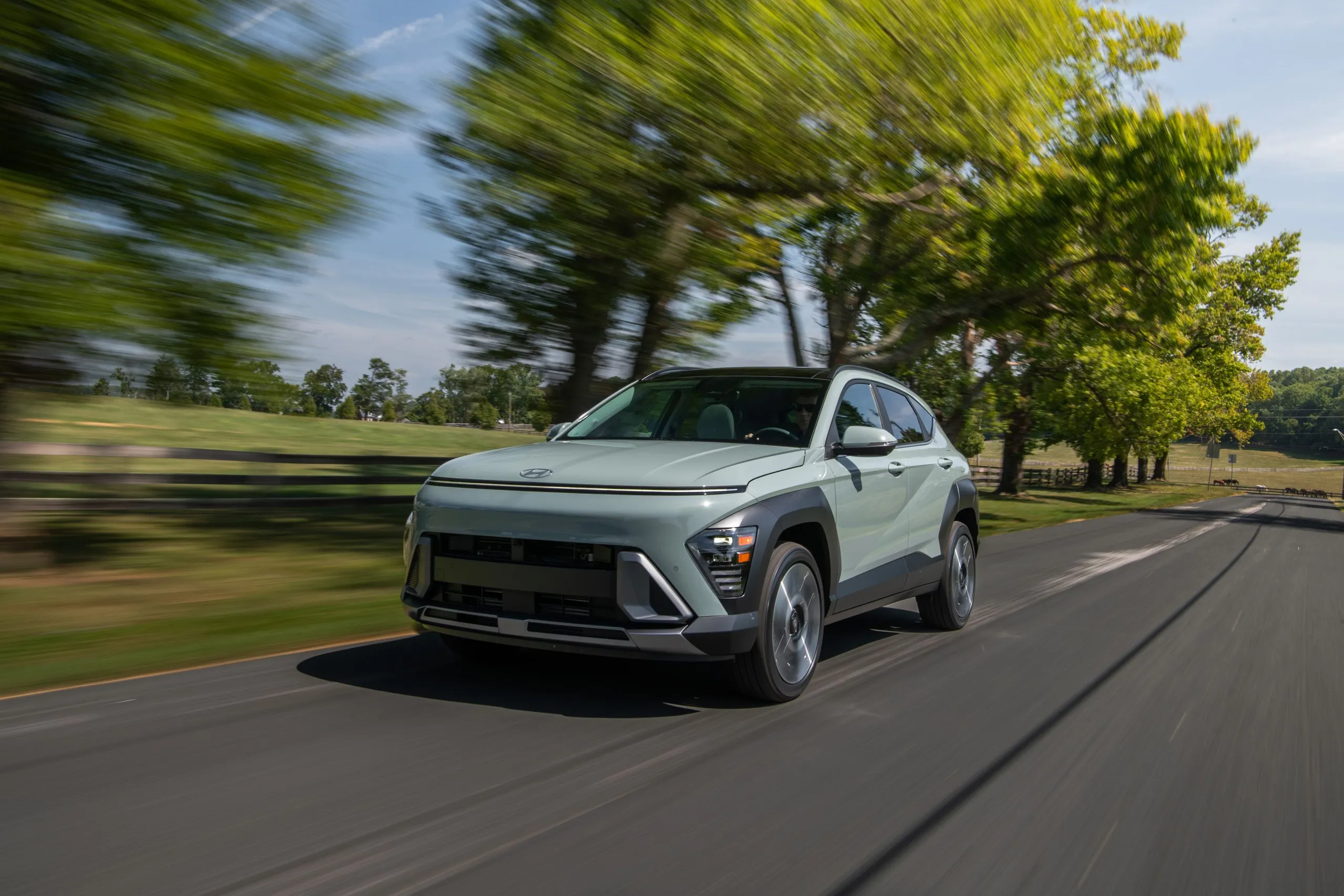
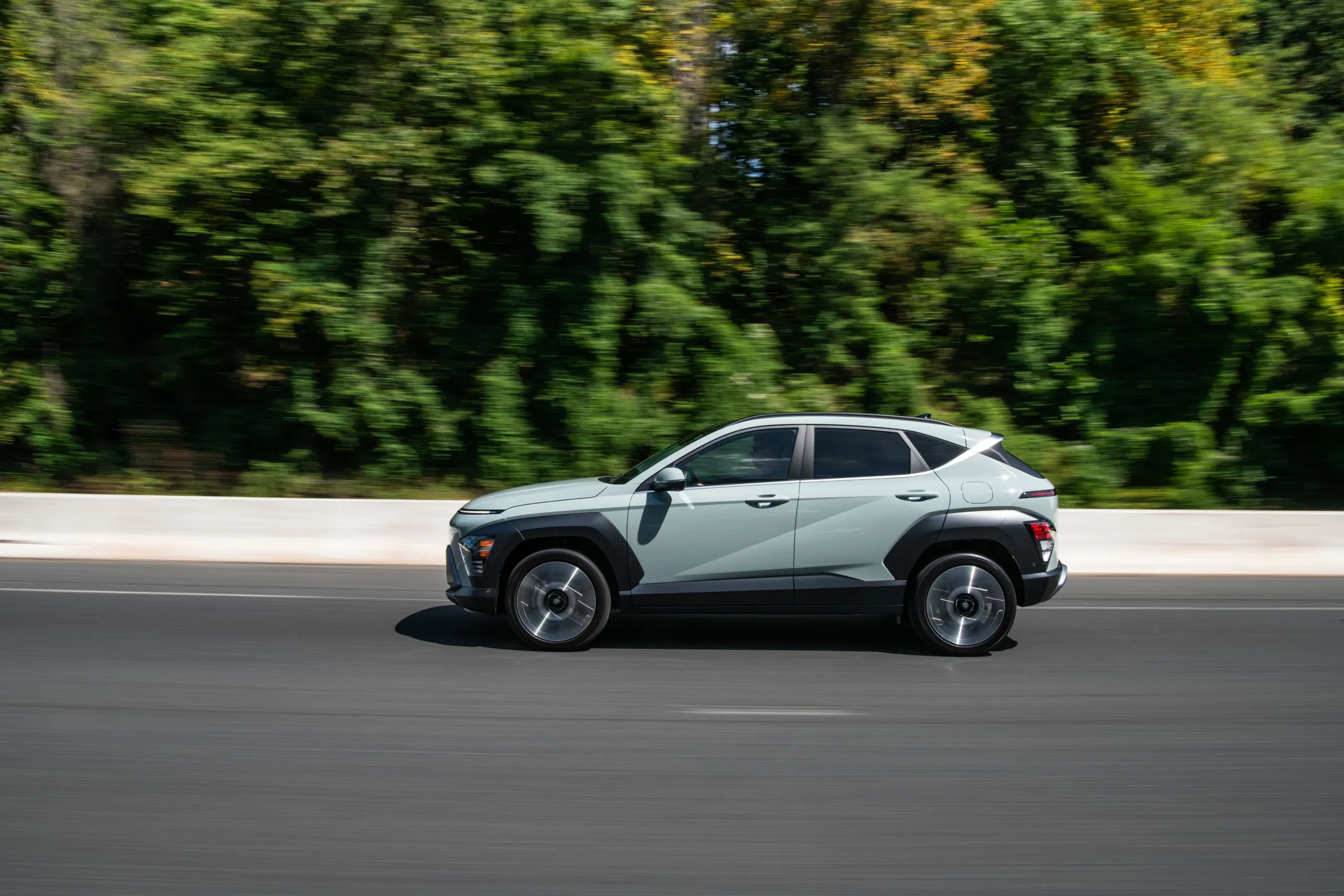
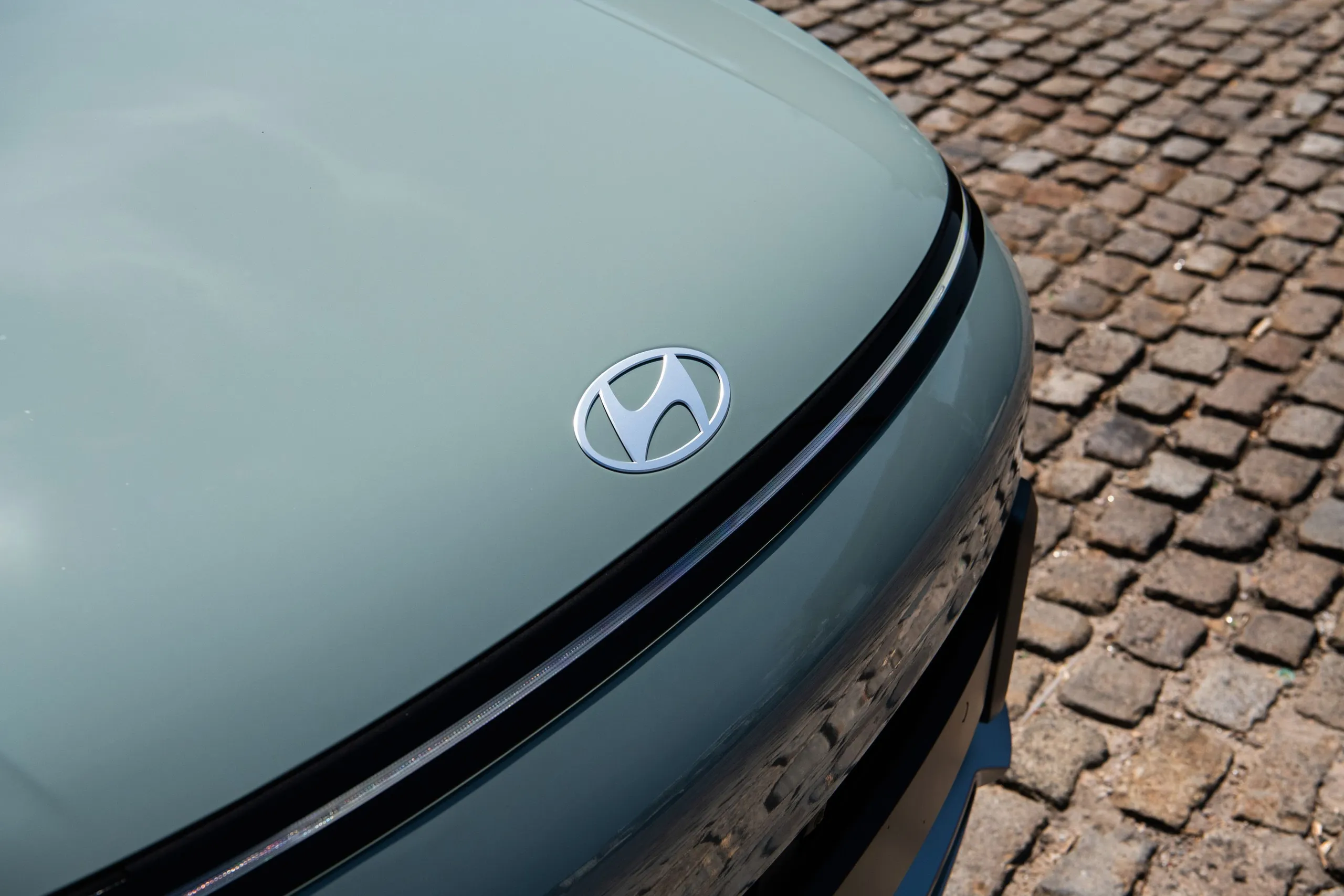
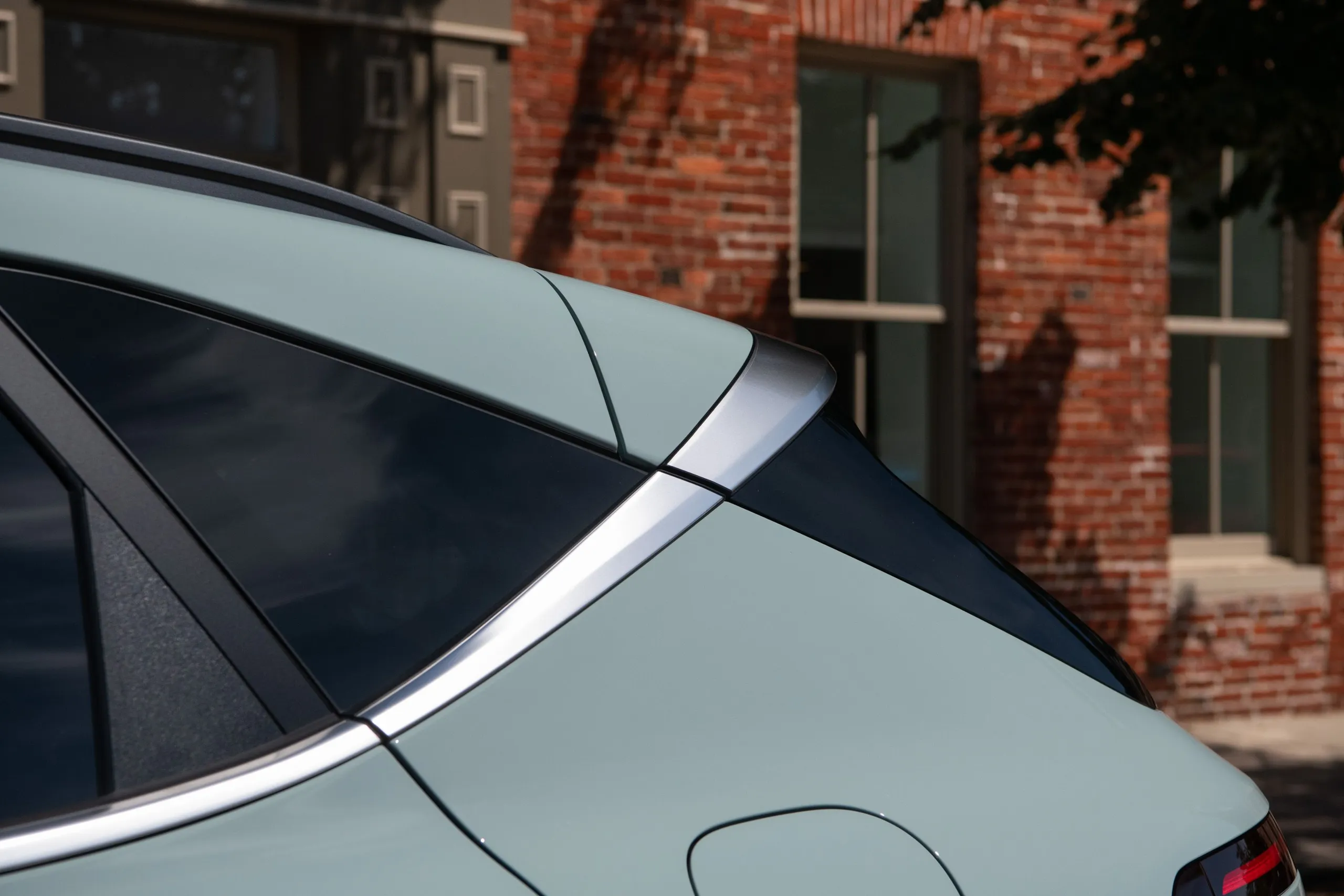
Author: Fabio Isidoro
Founder and editor-in-chief of Canal Carro, he dedicates himself to exploring the automotive universe with depth and passion. A car and technology enthusiast, he produces technical content and in-depth analyses of national and international vehicles, combining quality information with a critical eye for the public.


